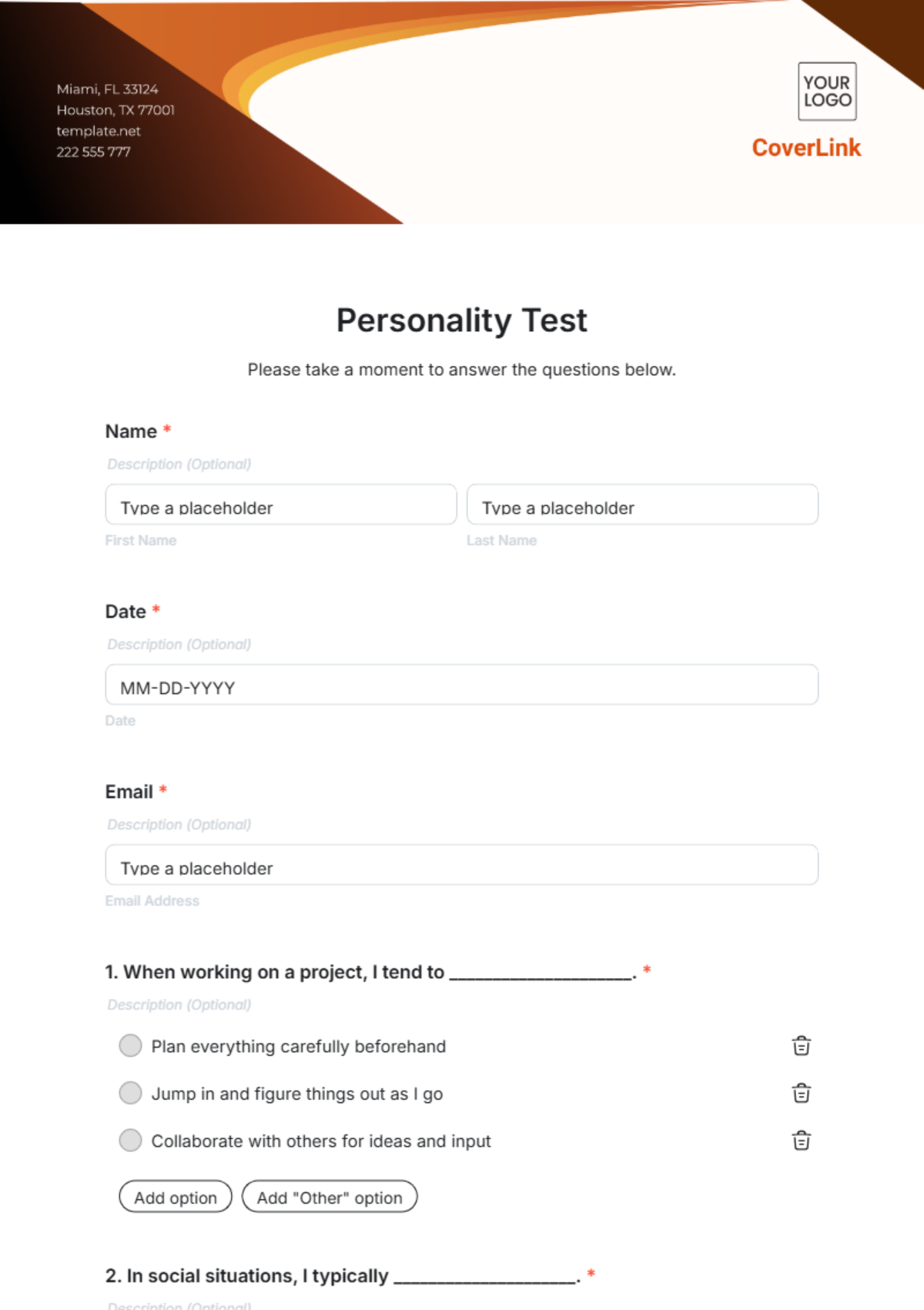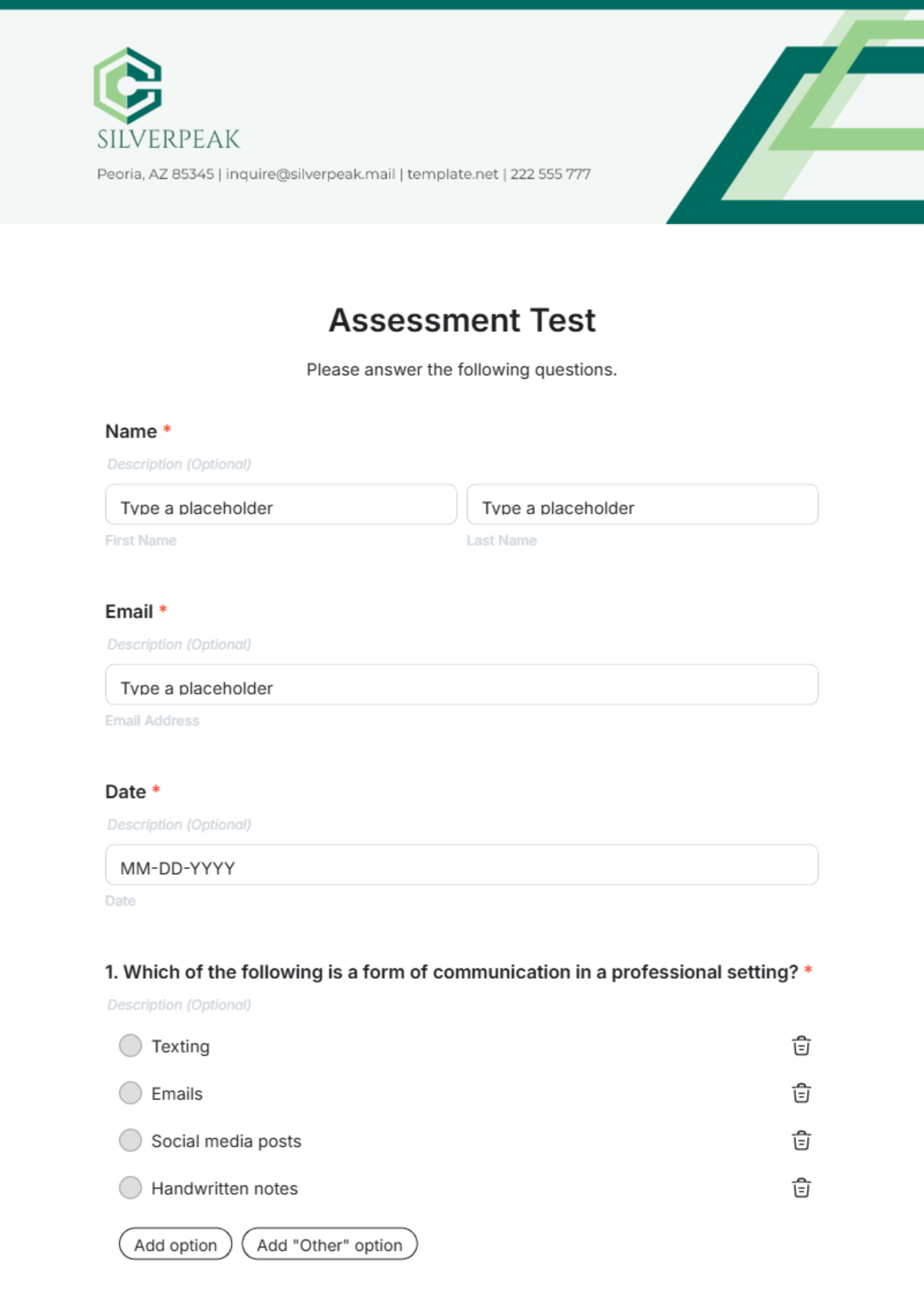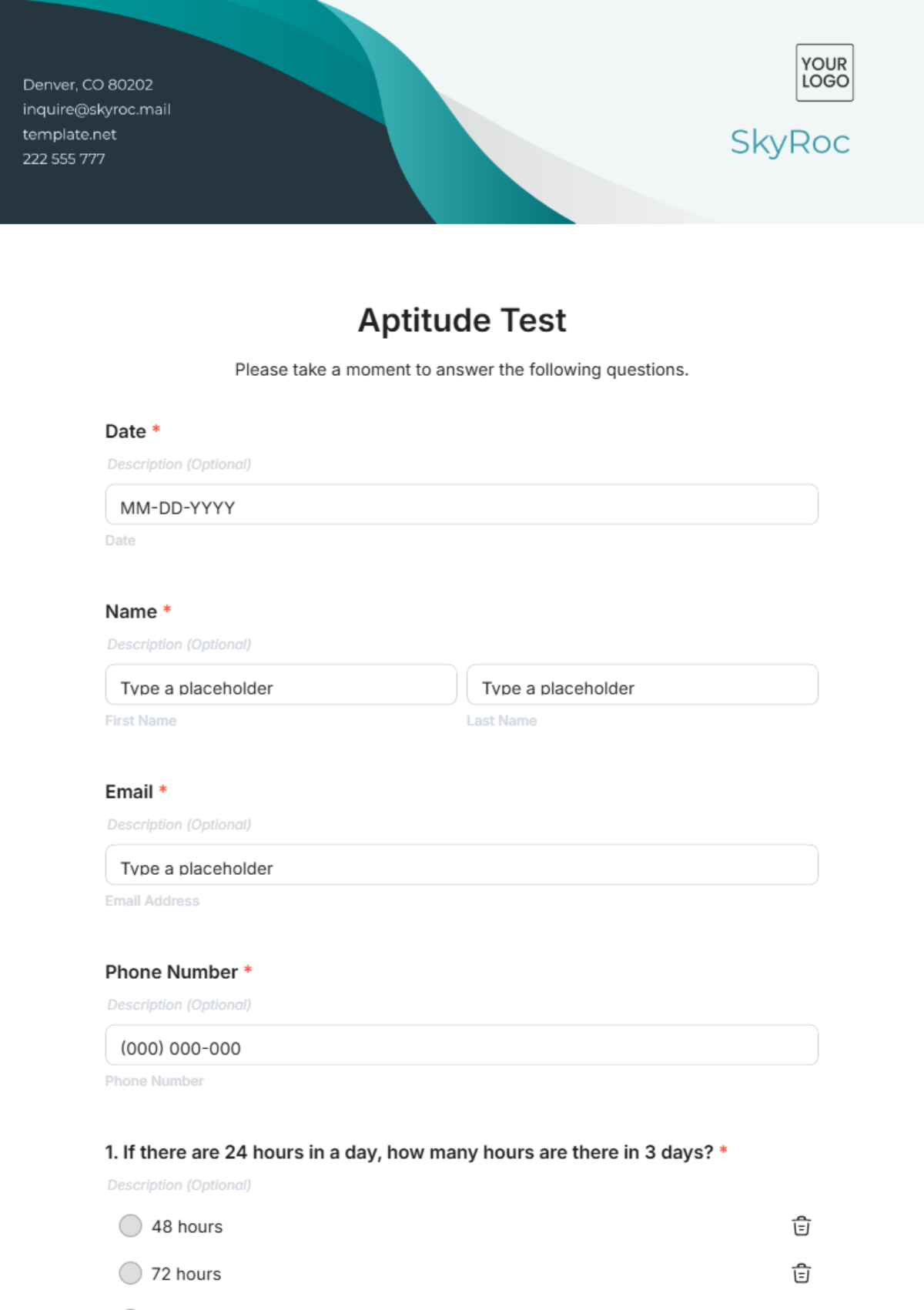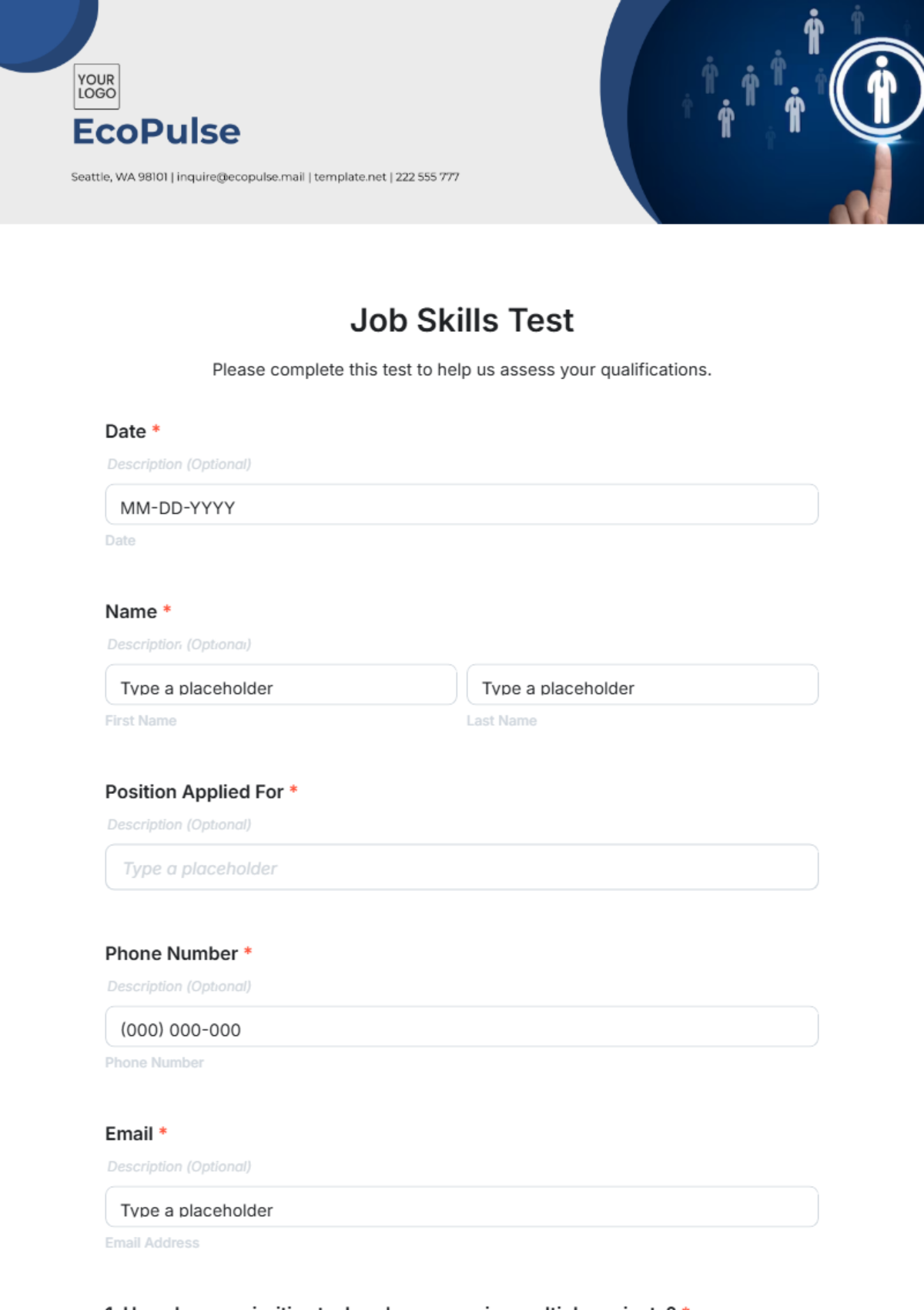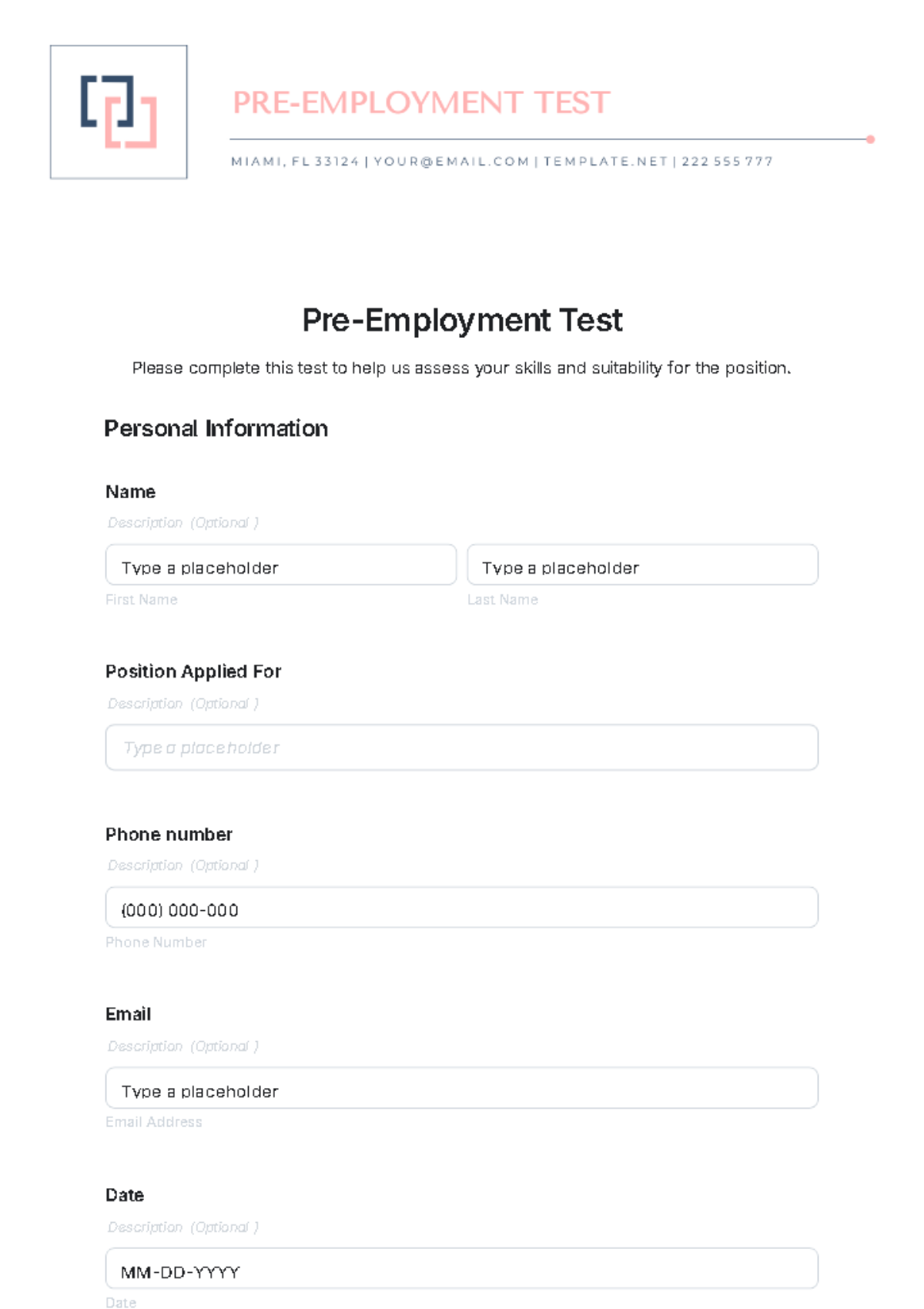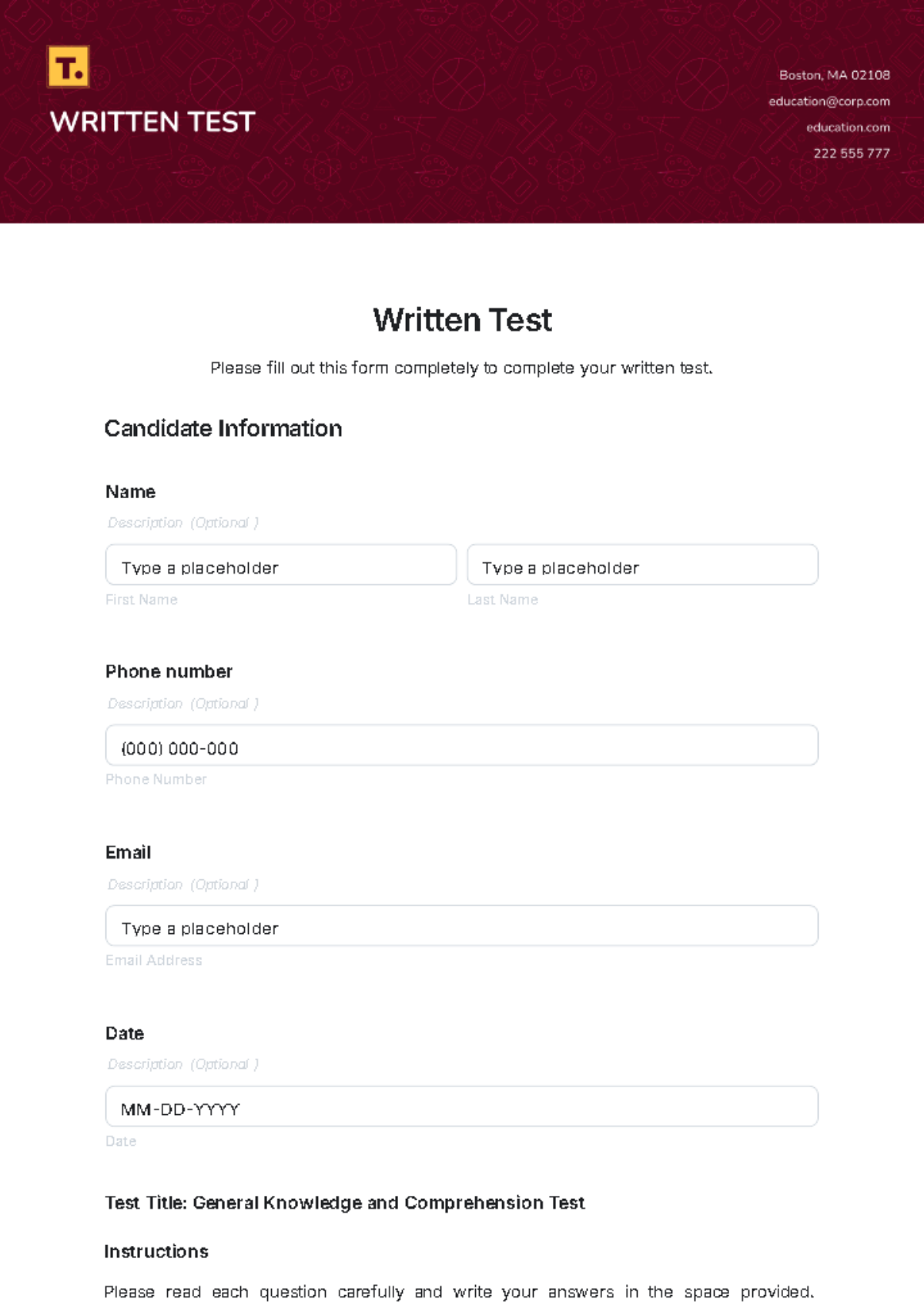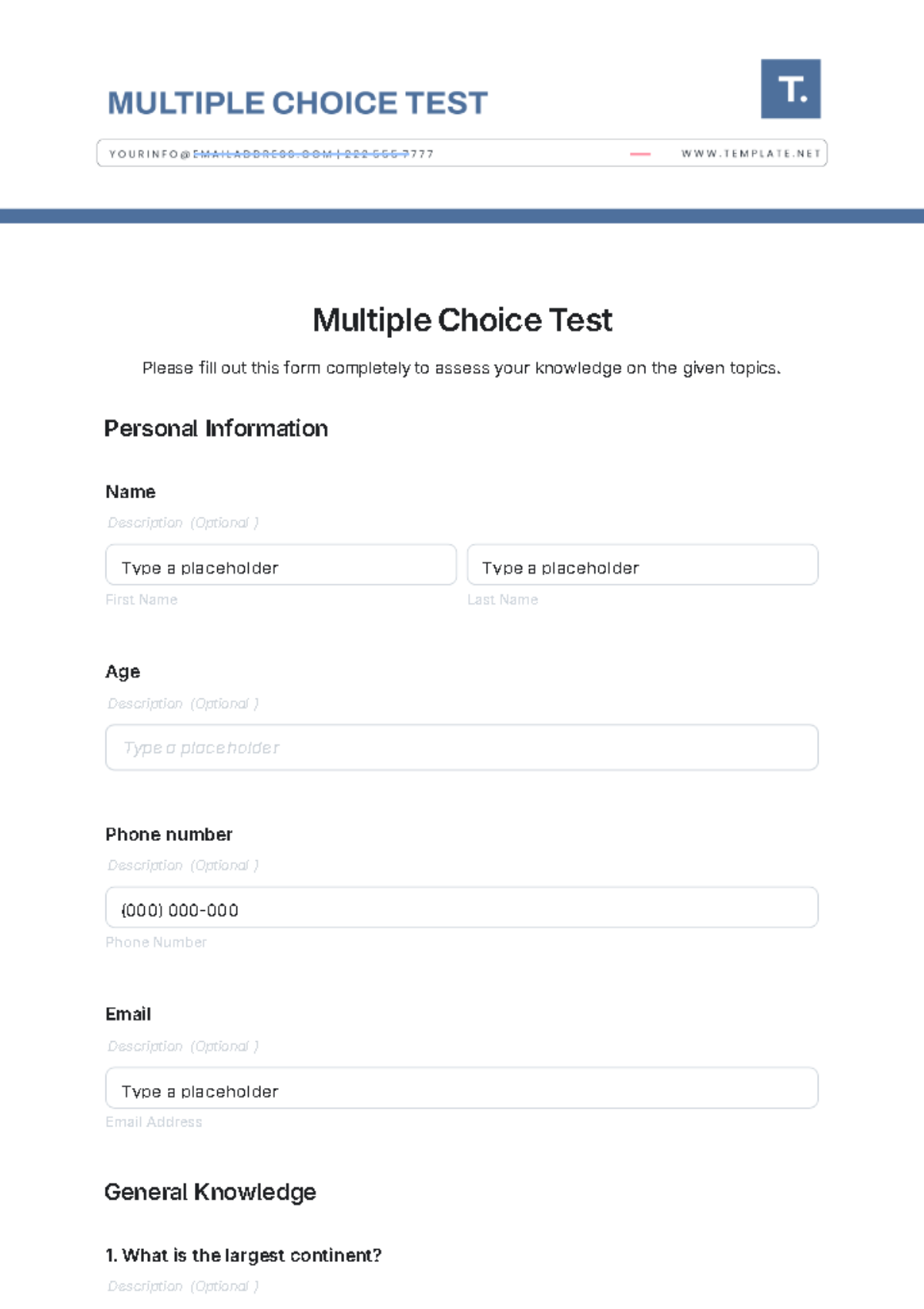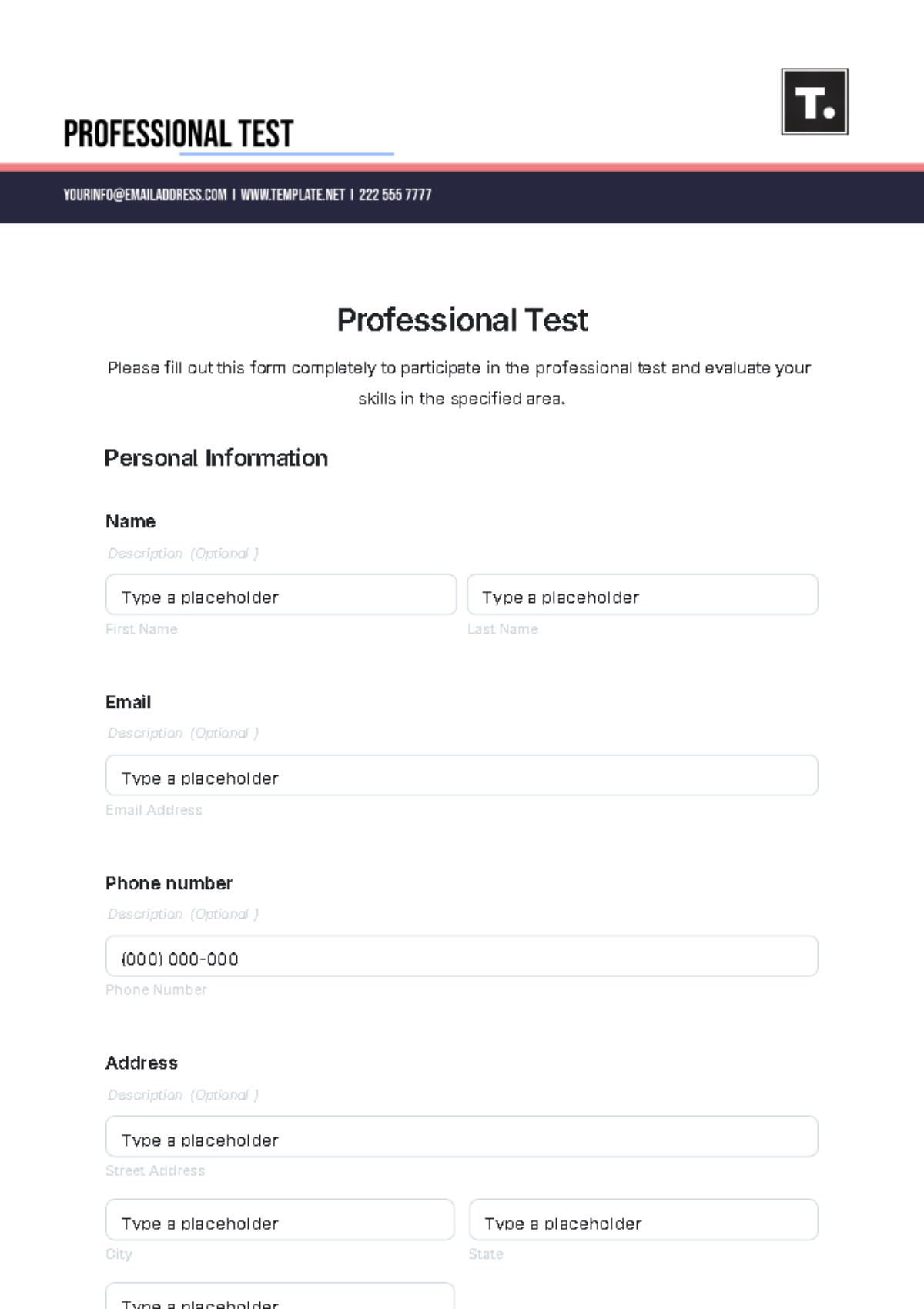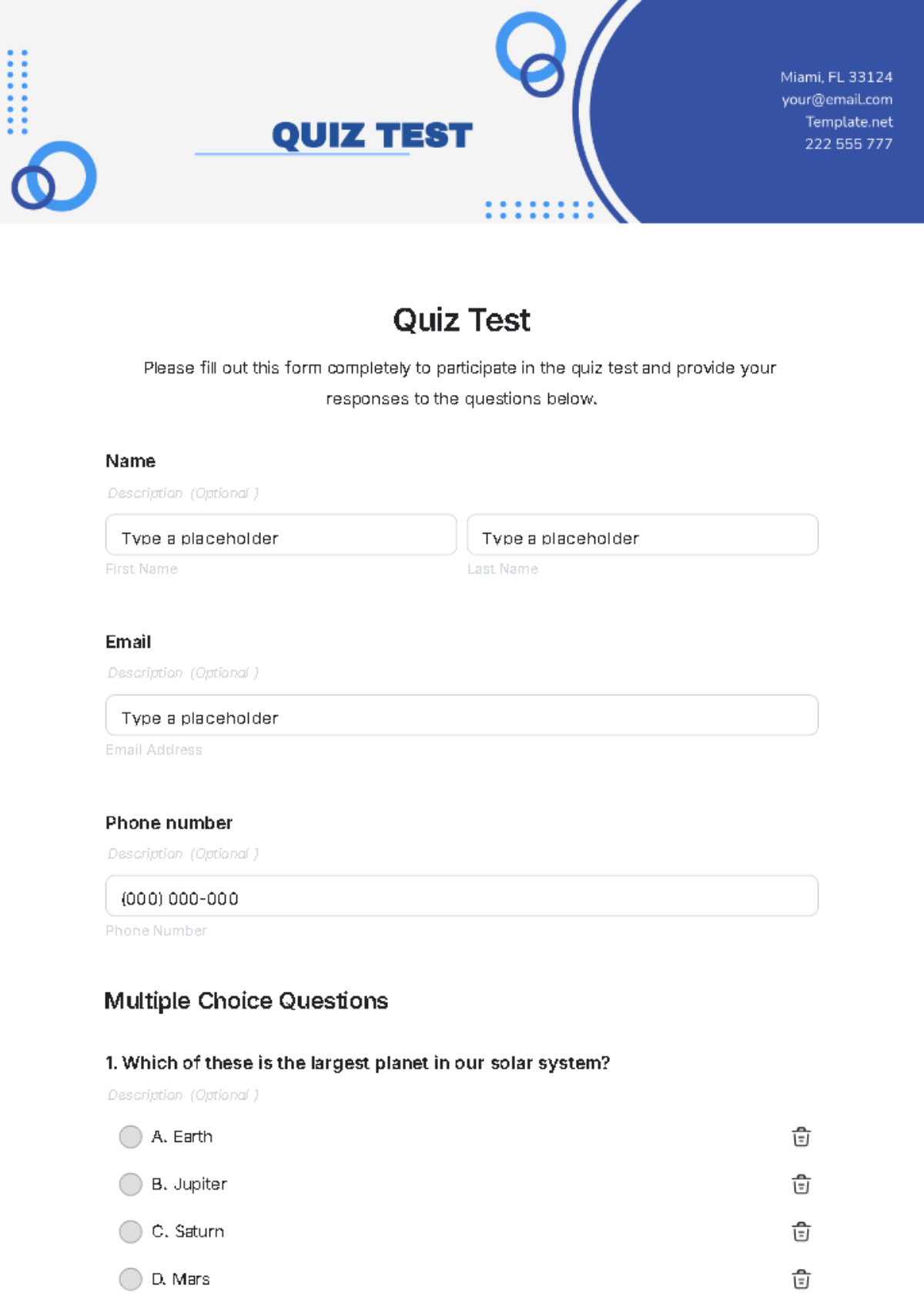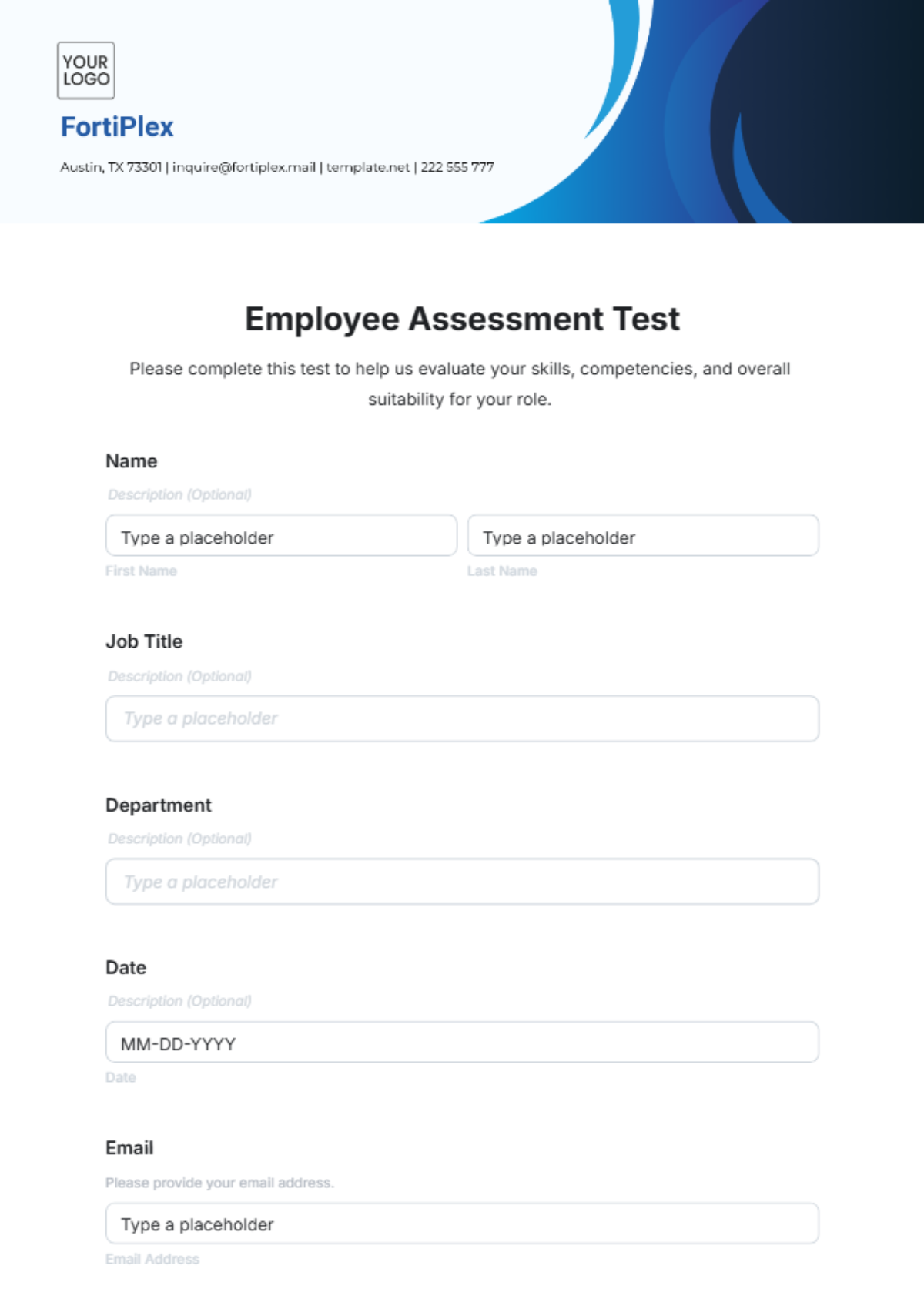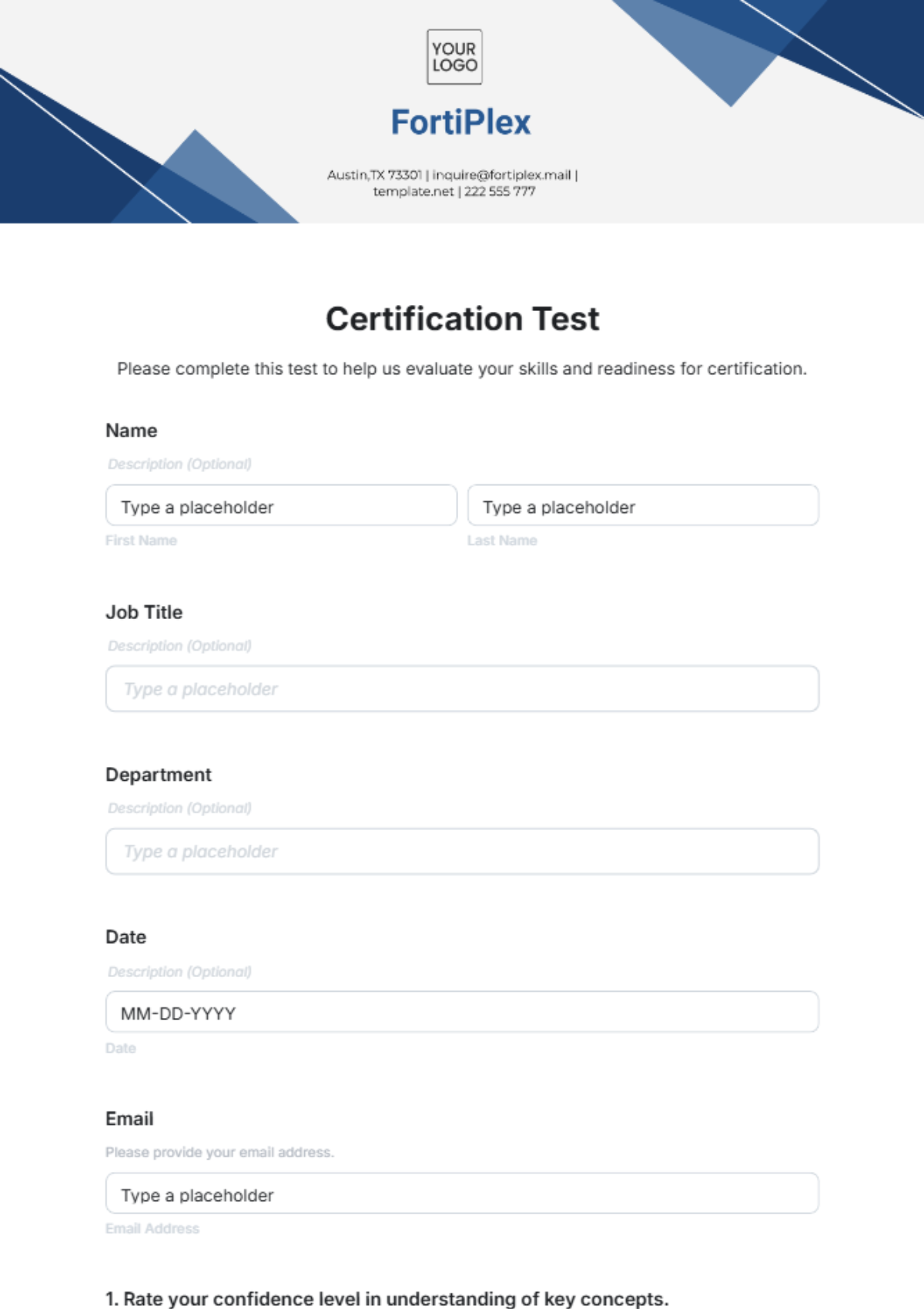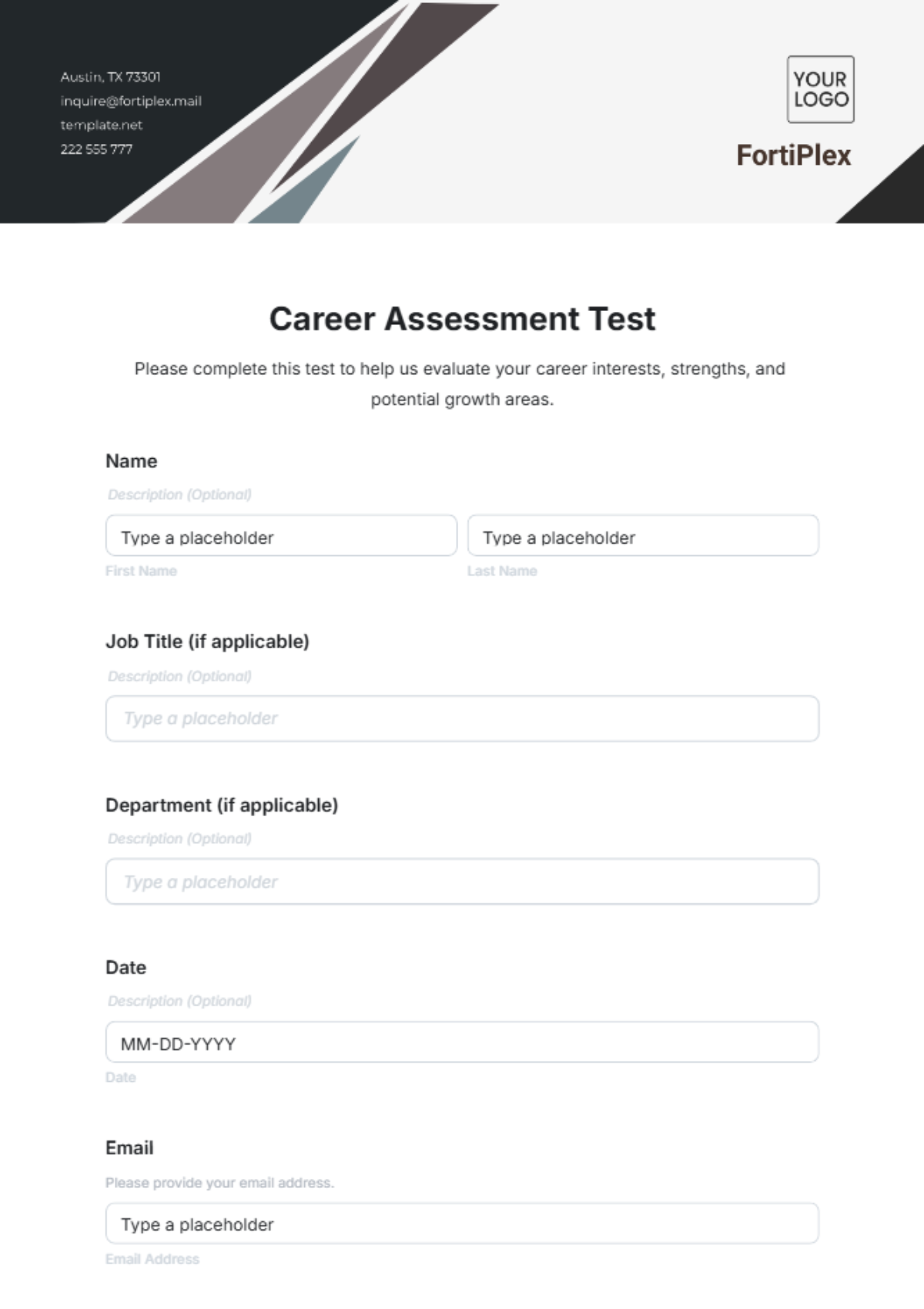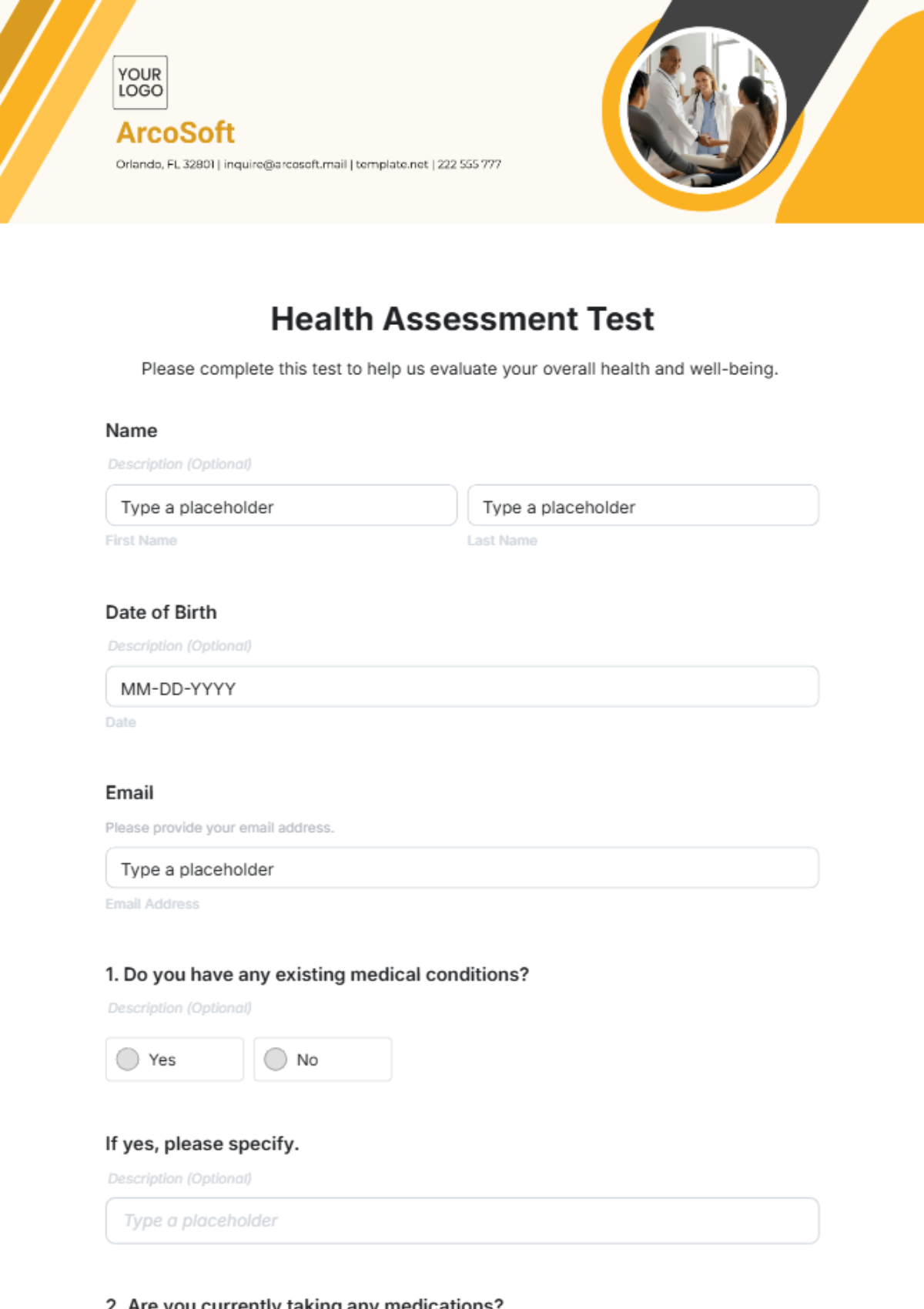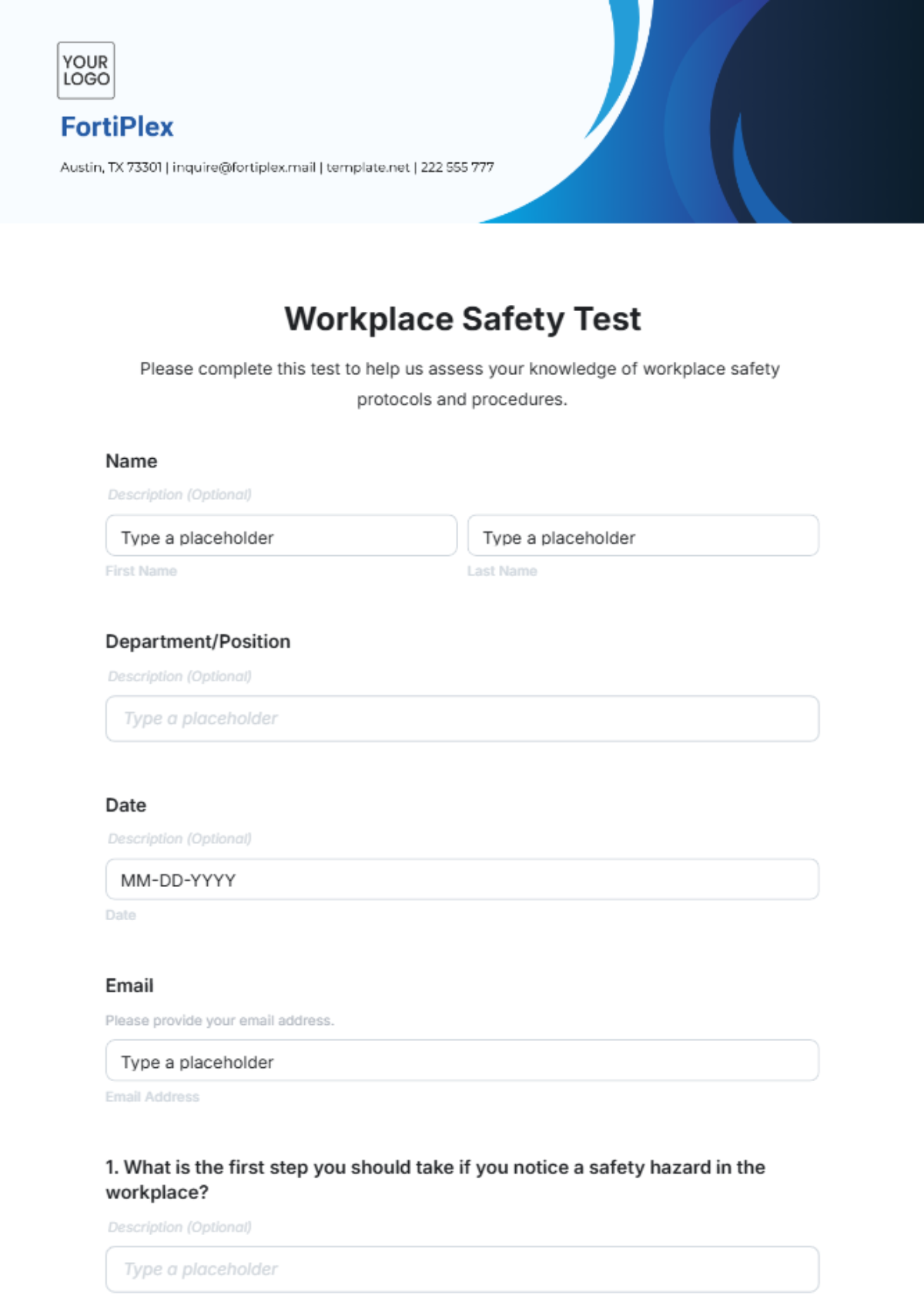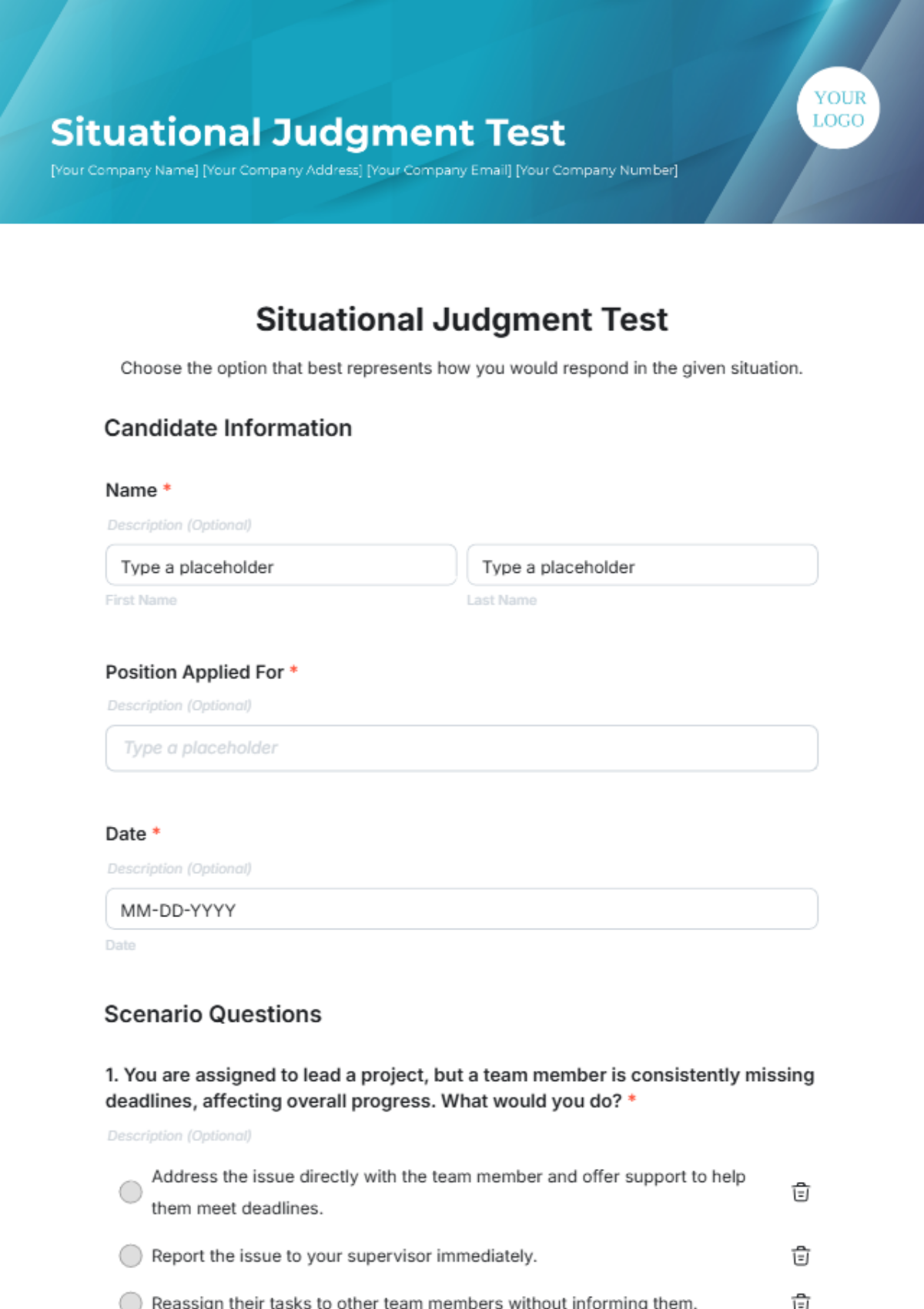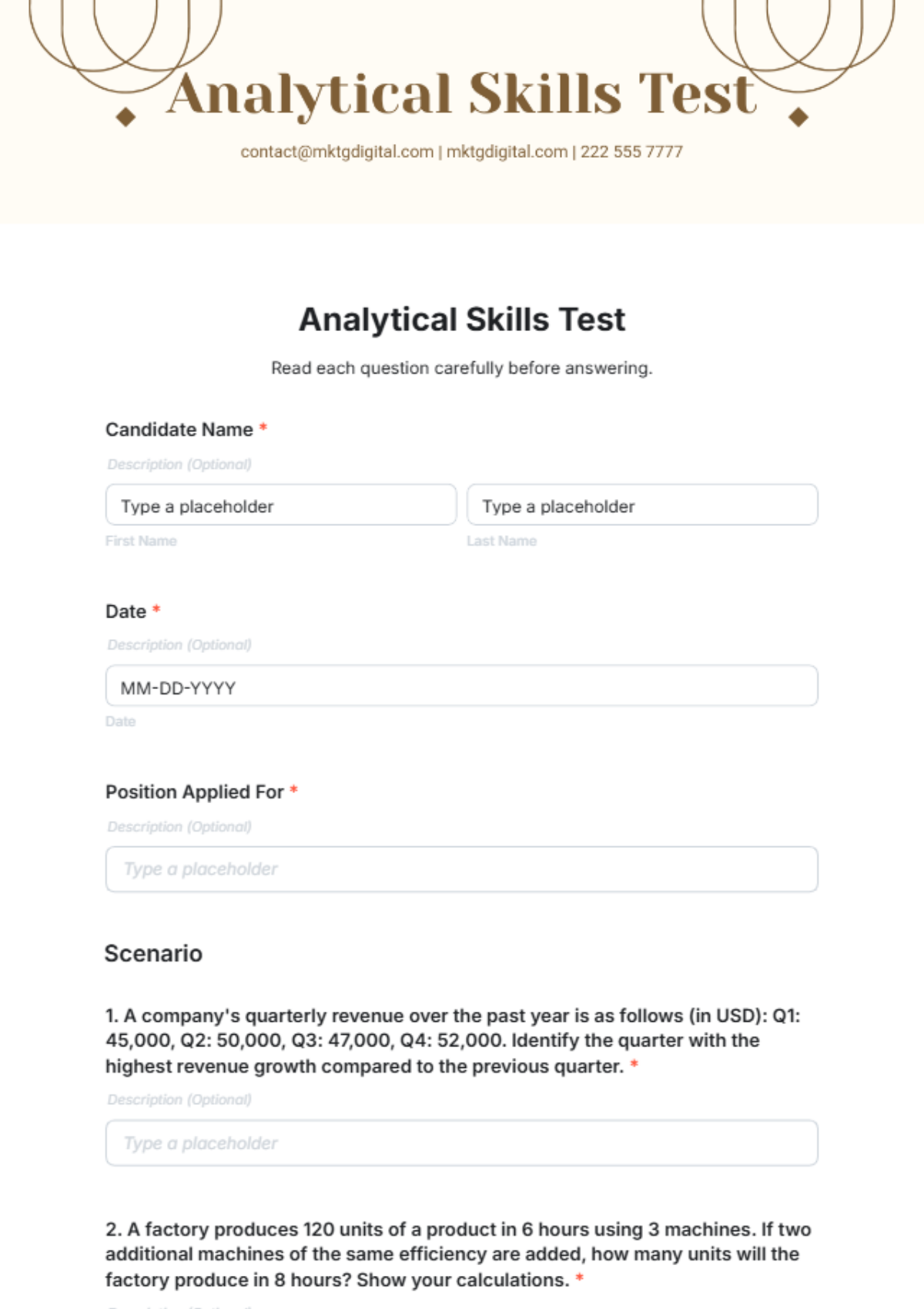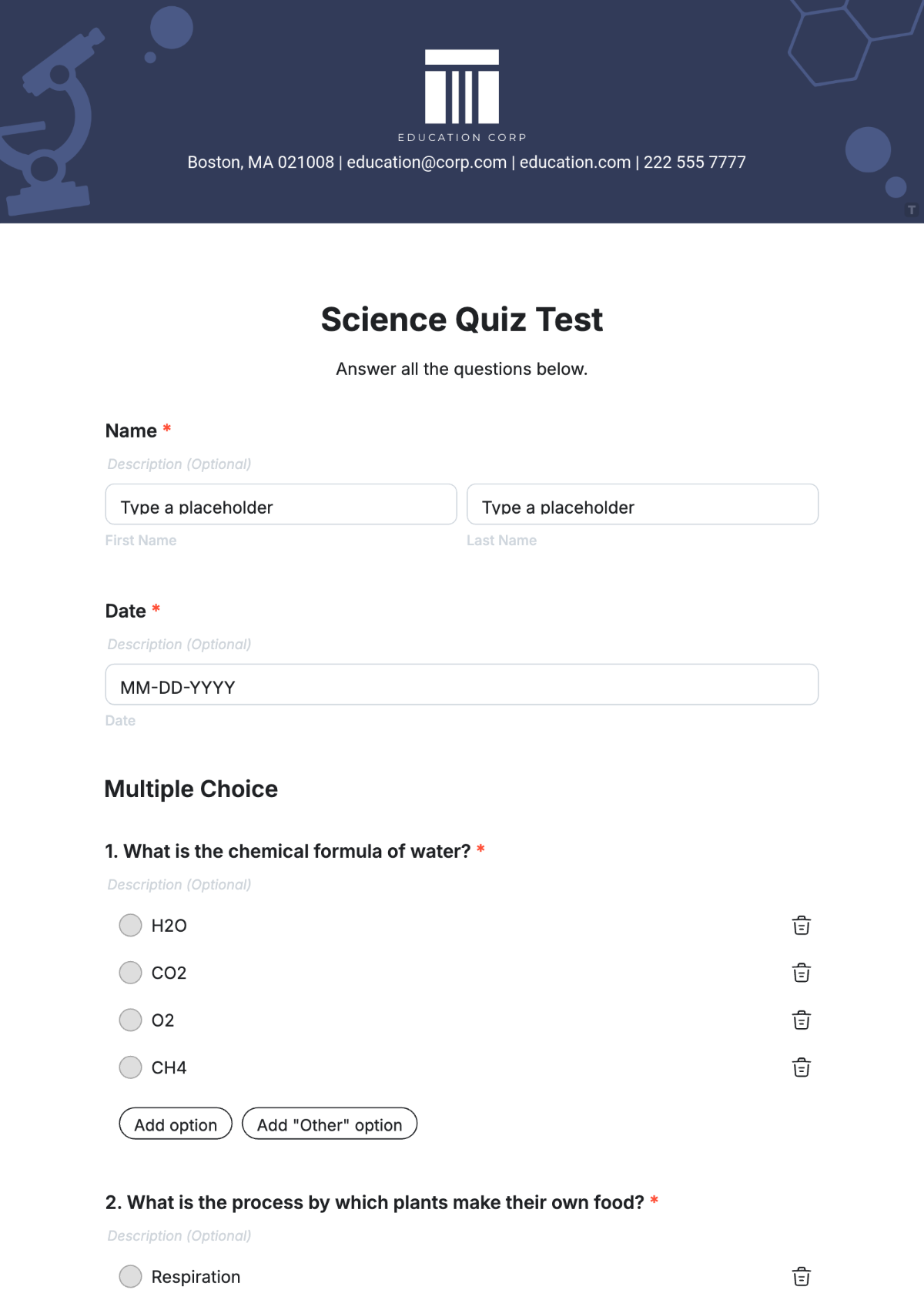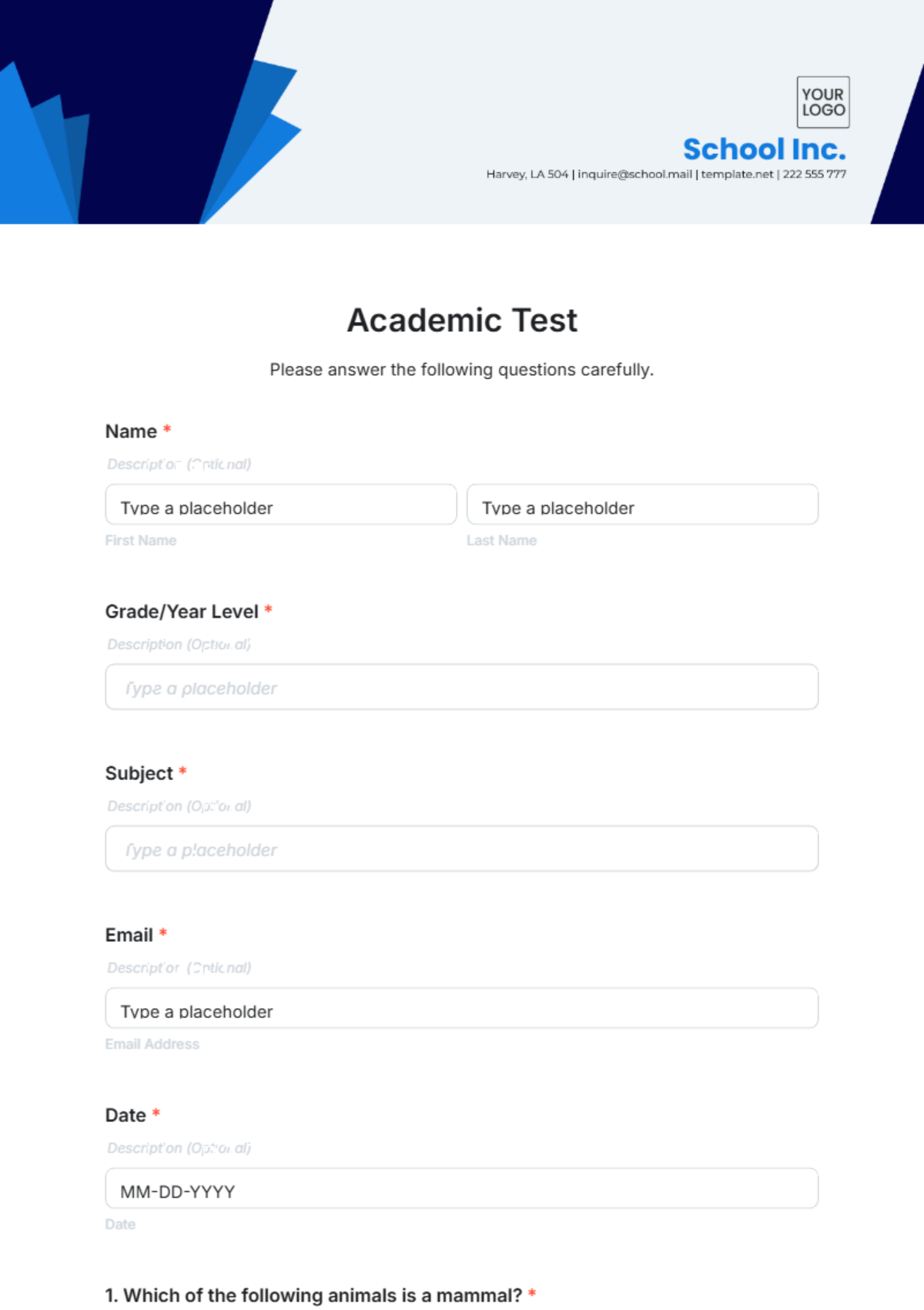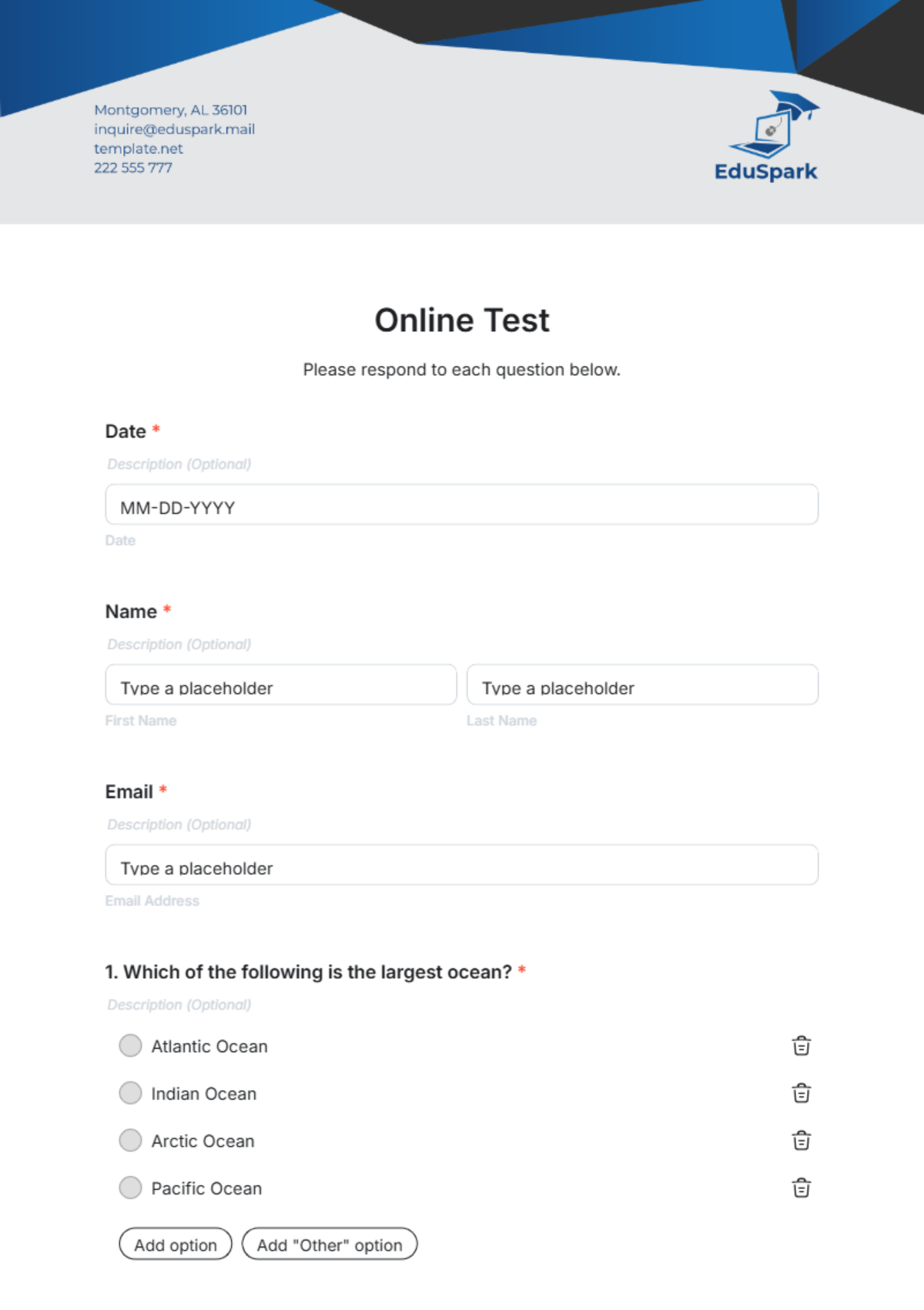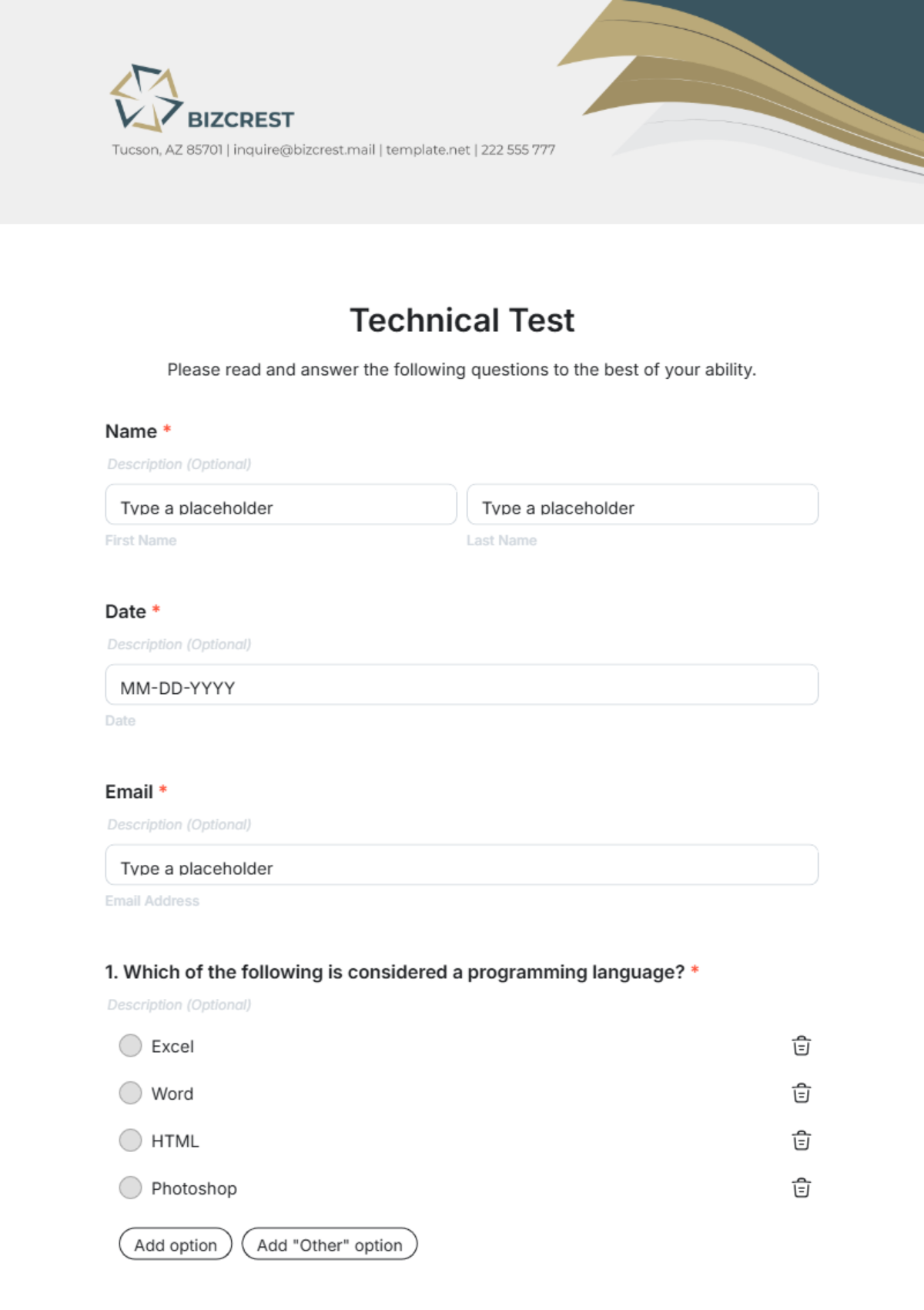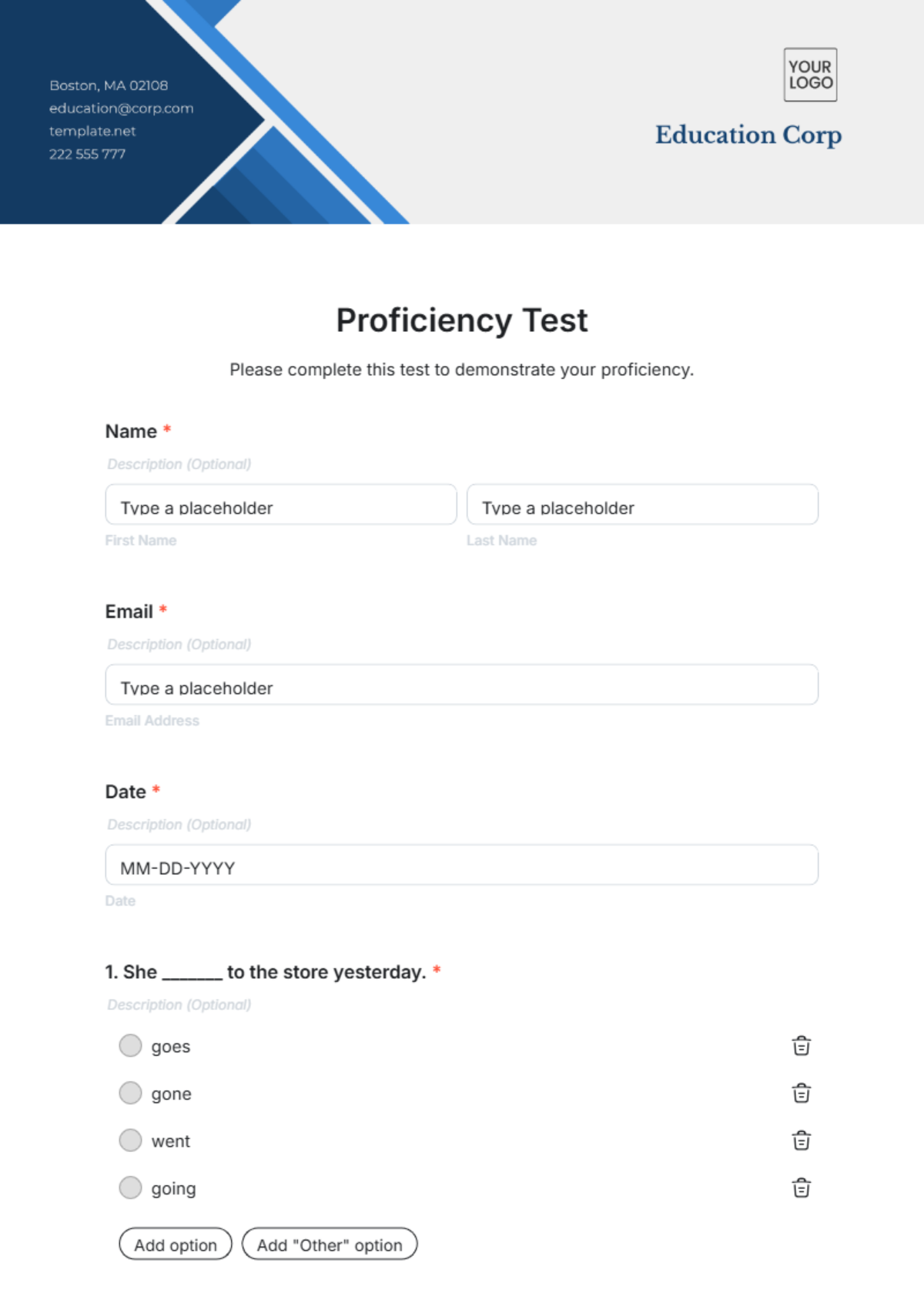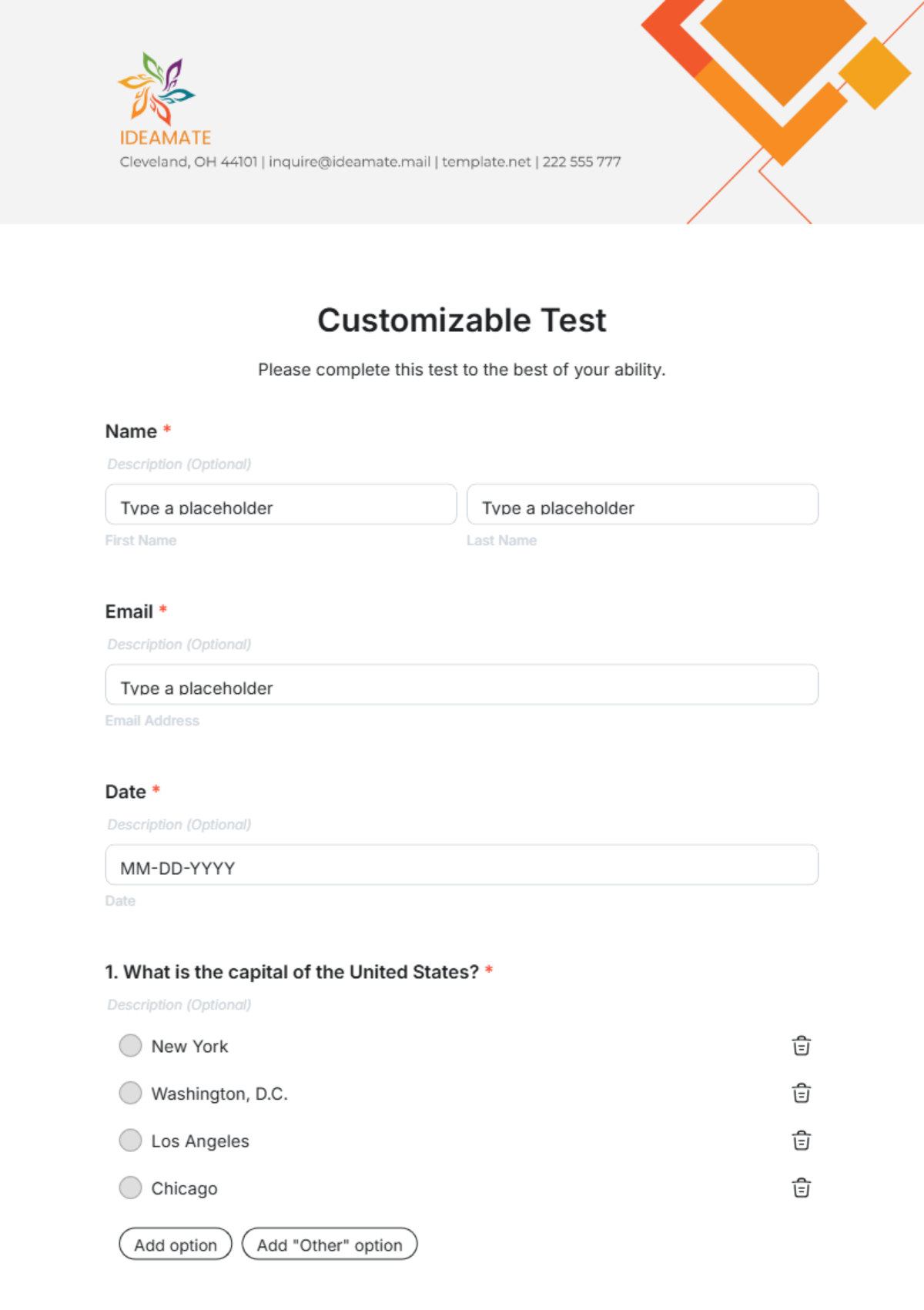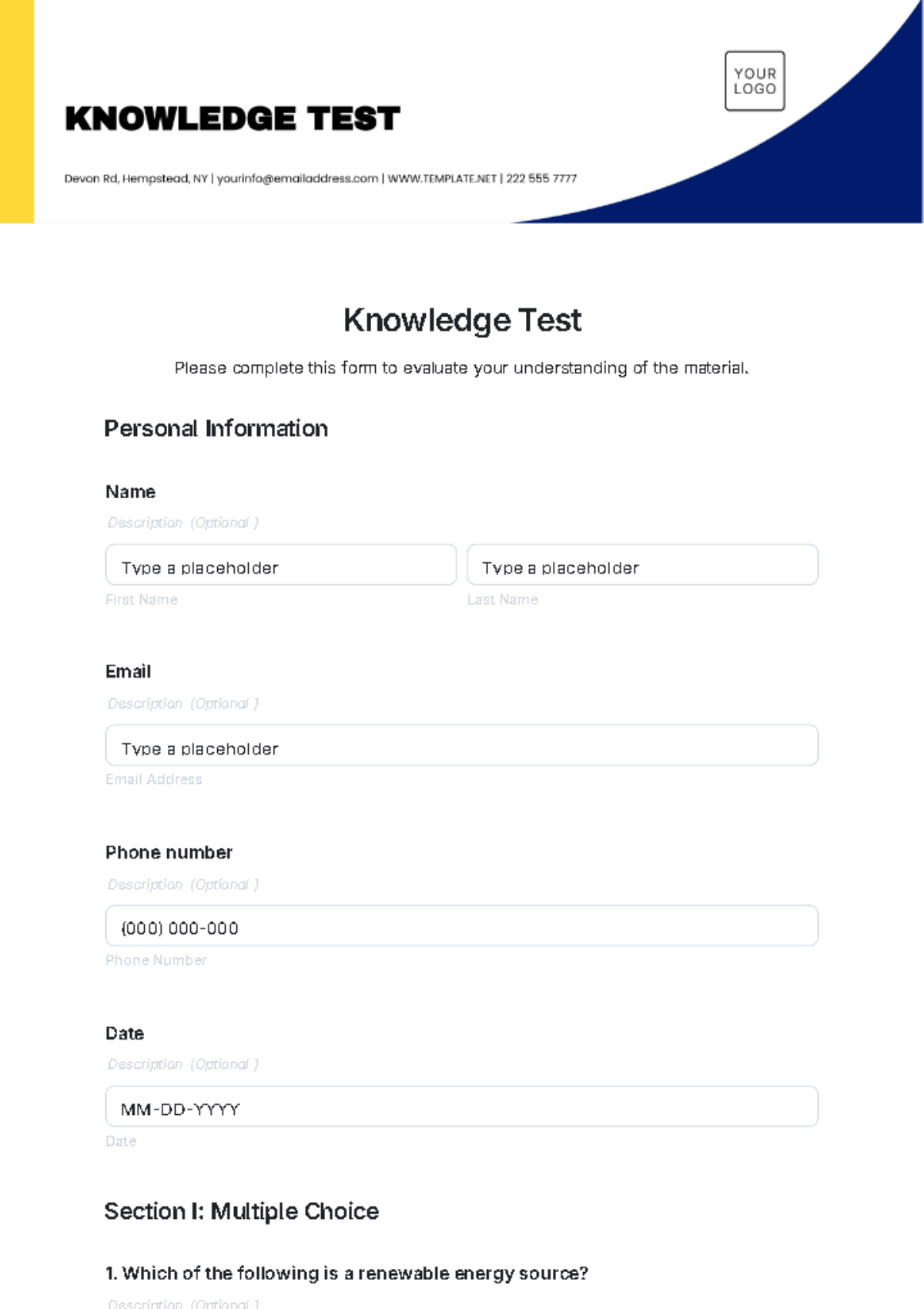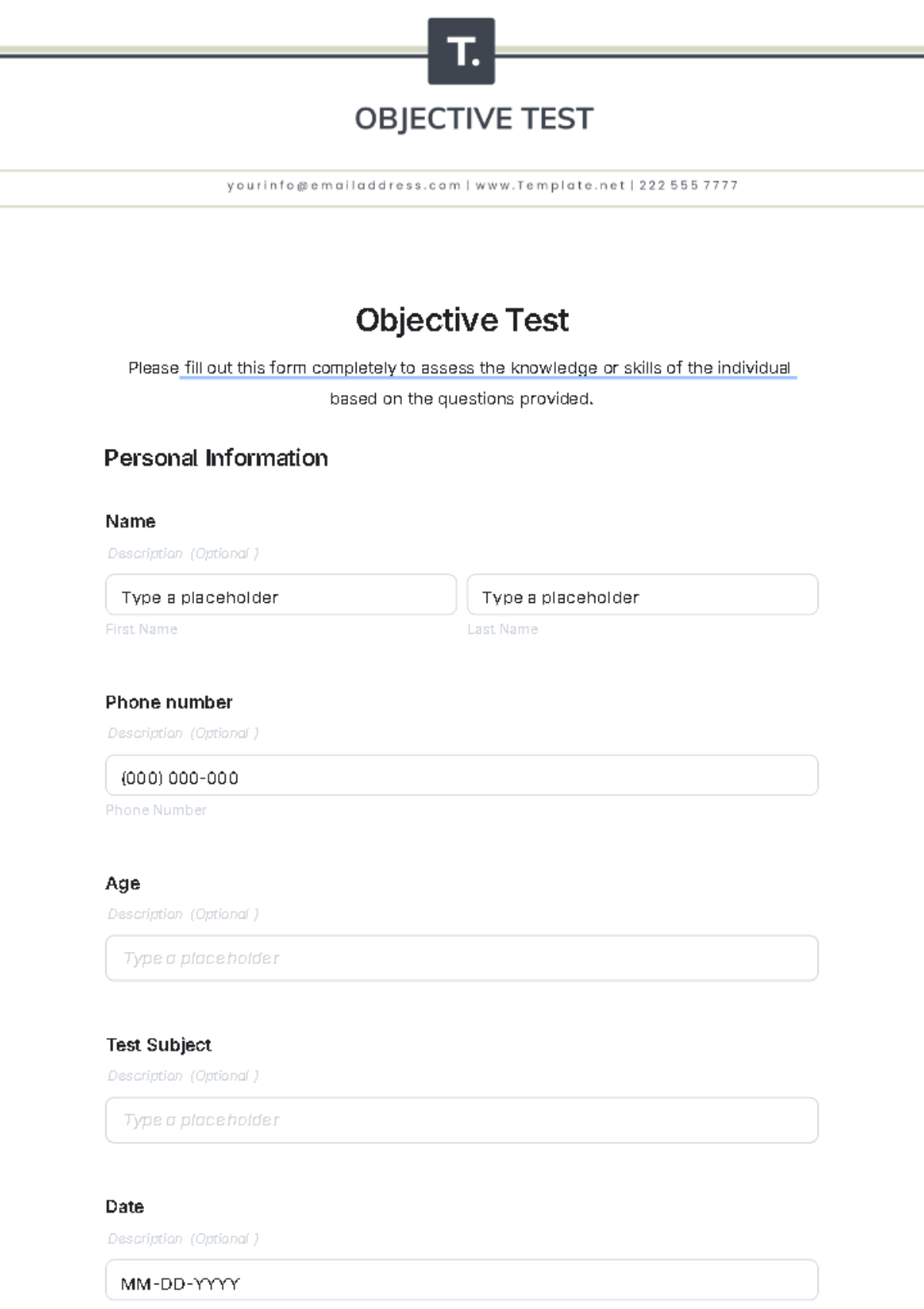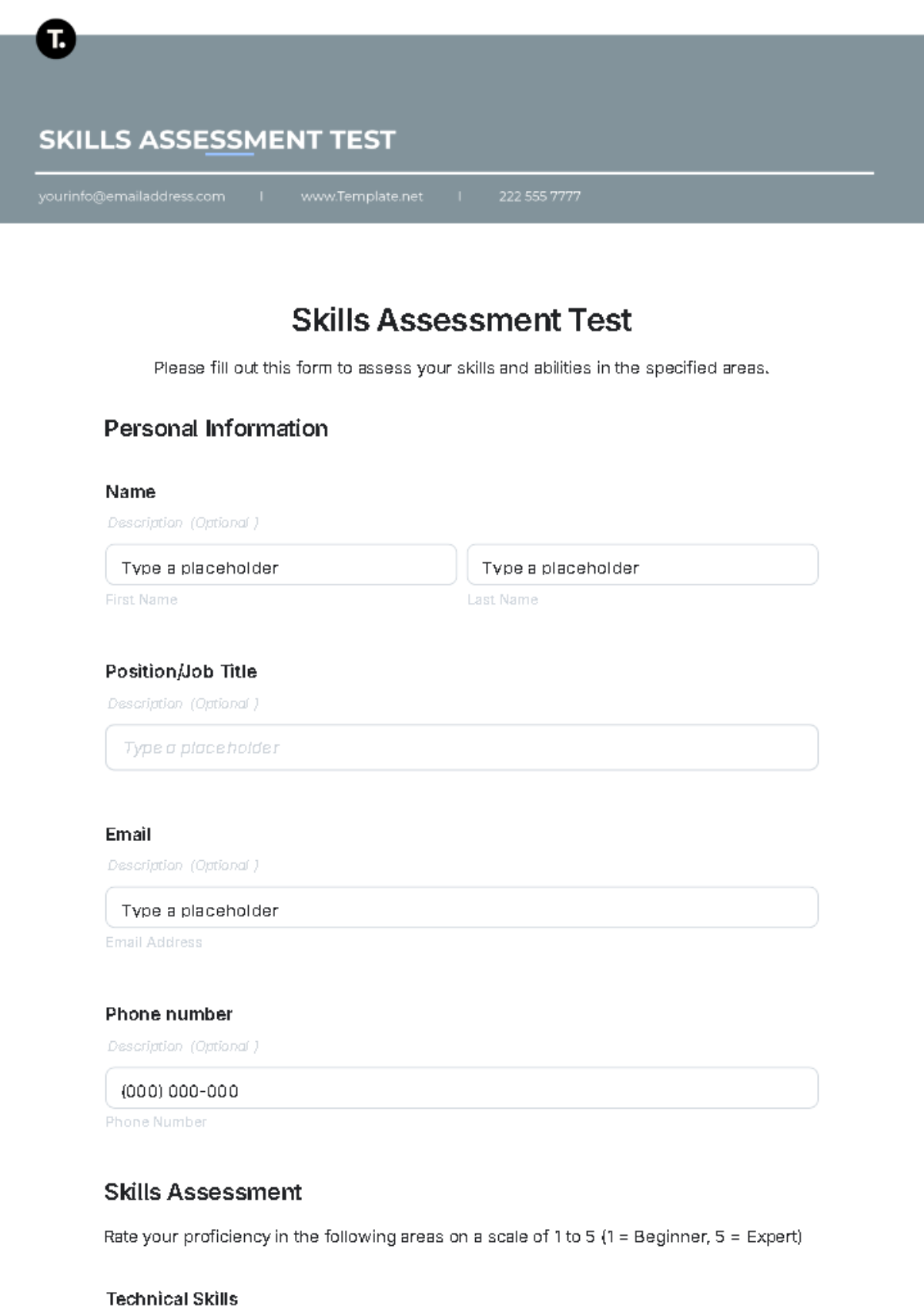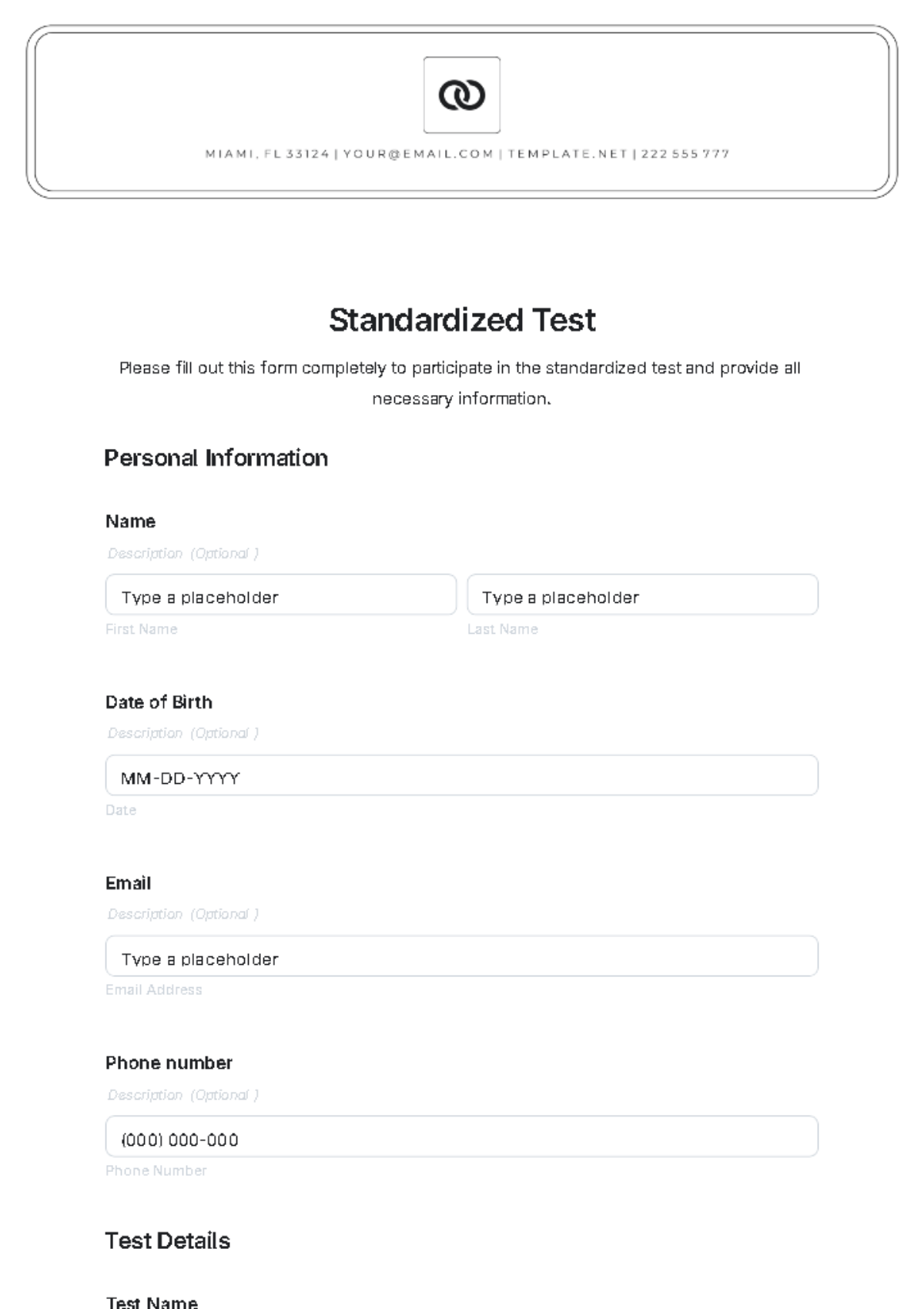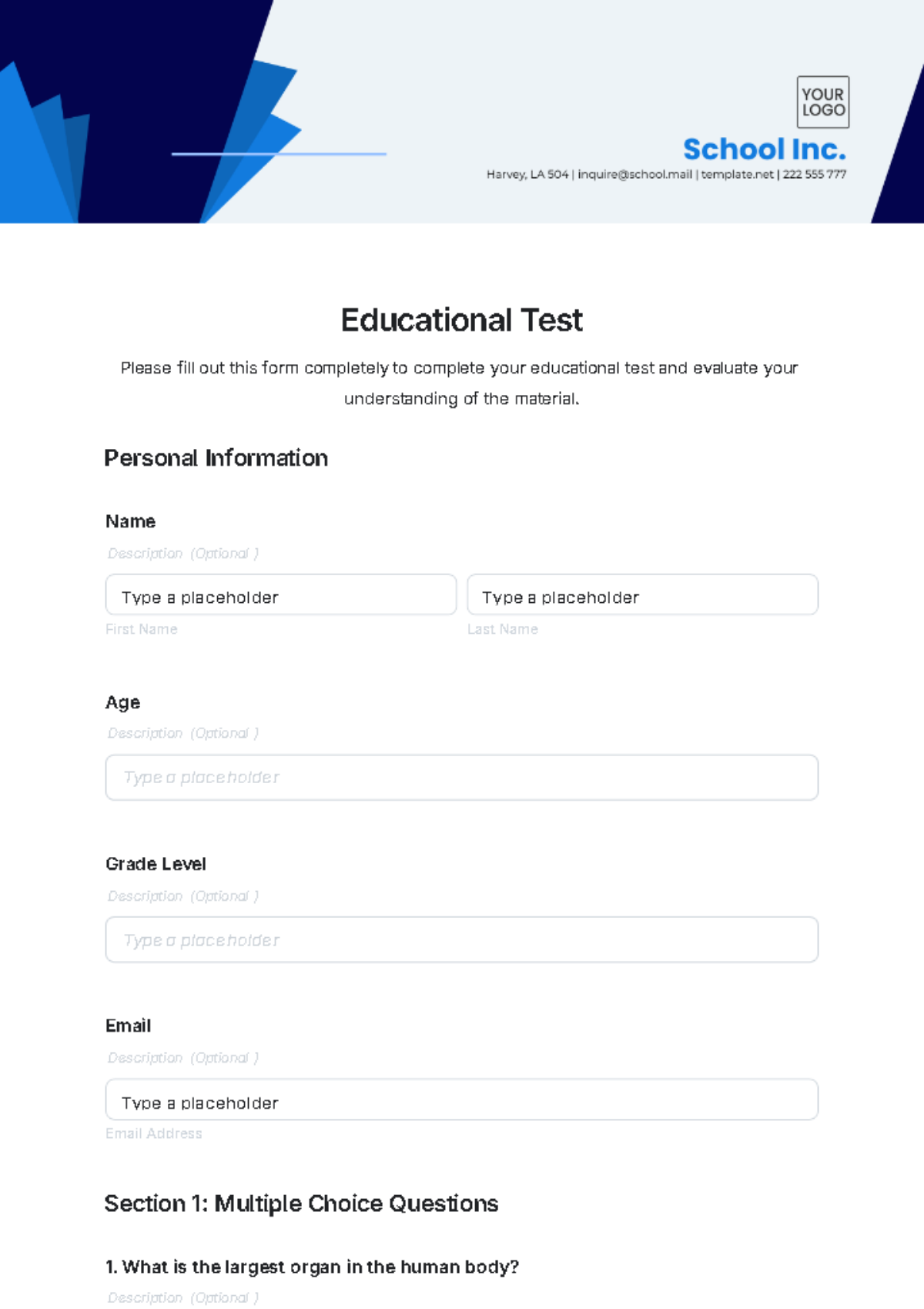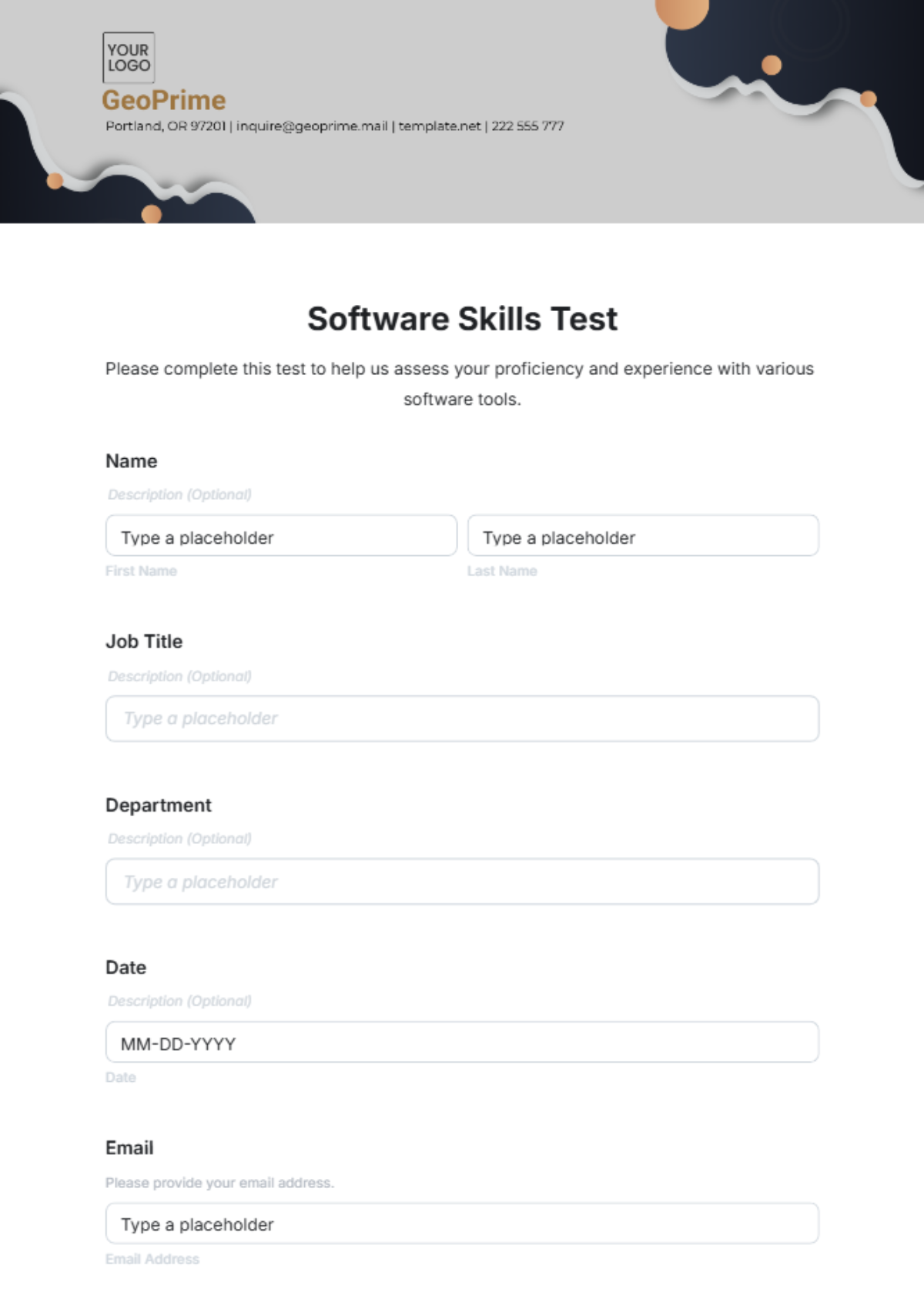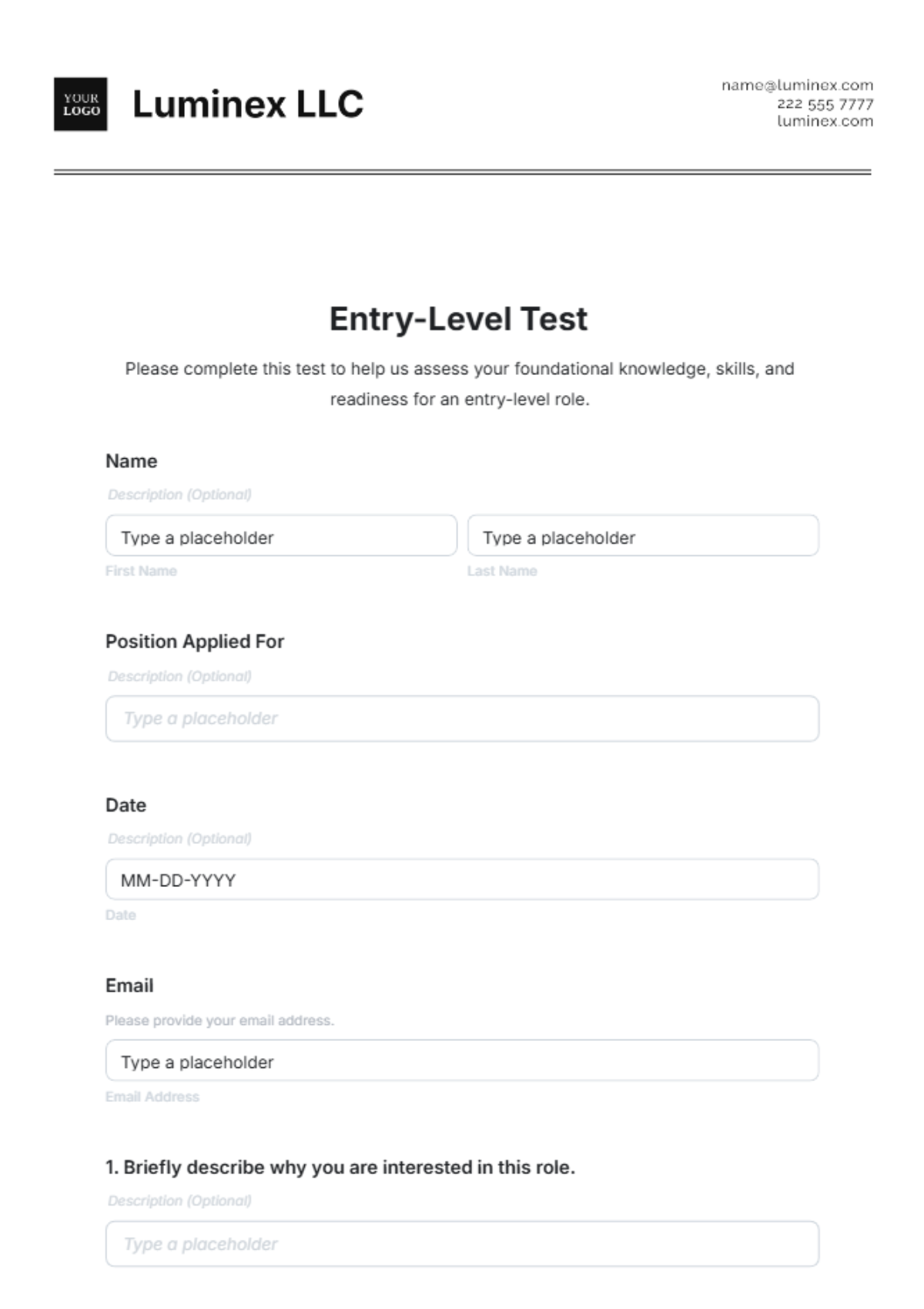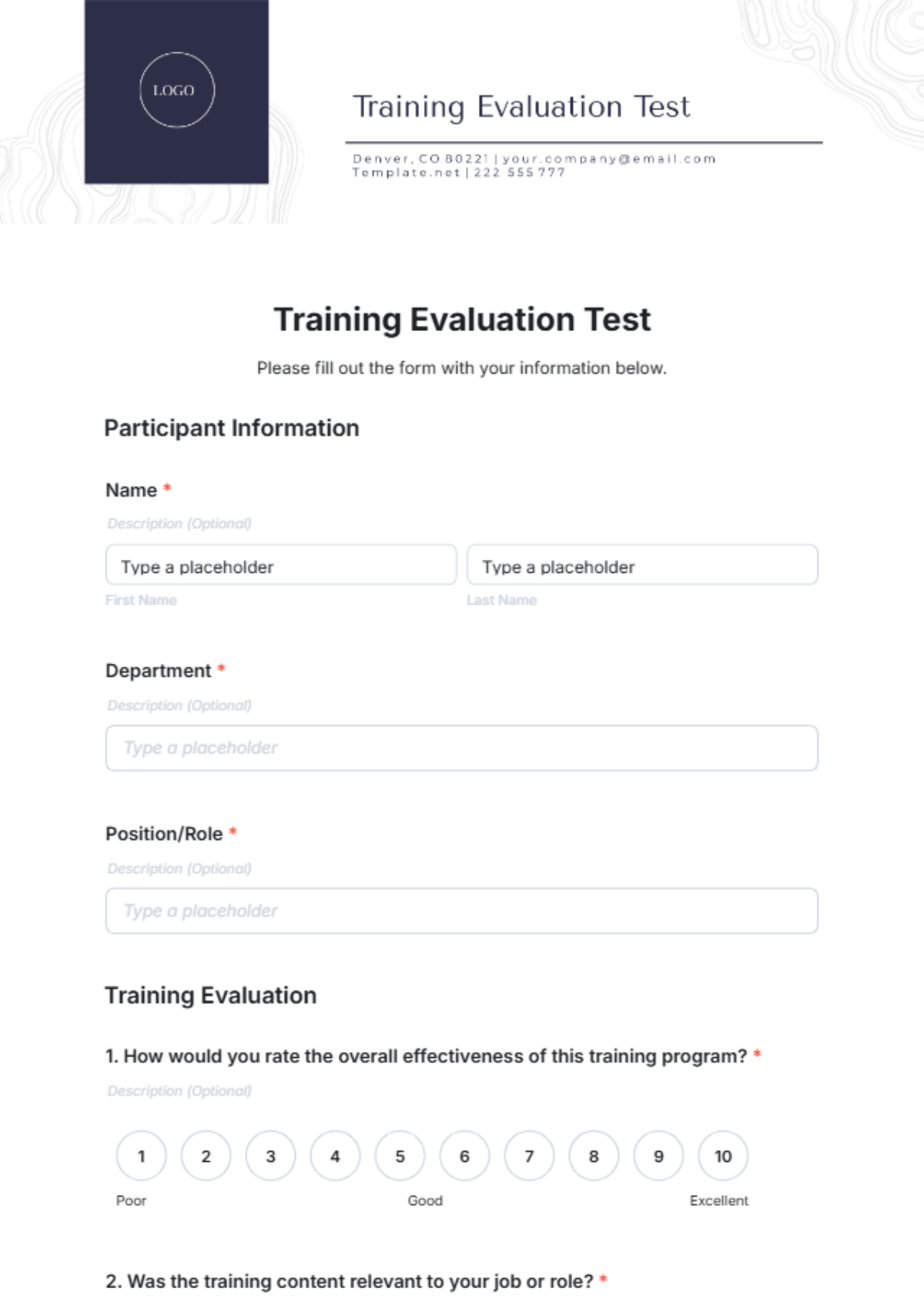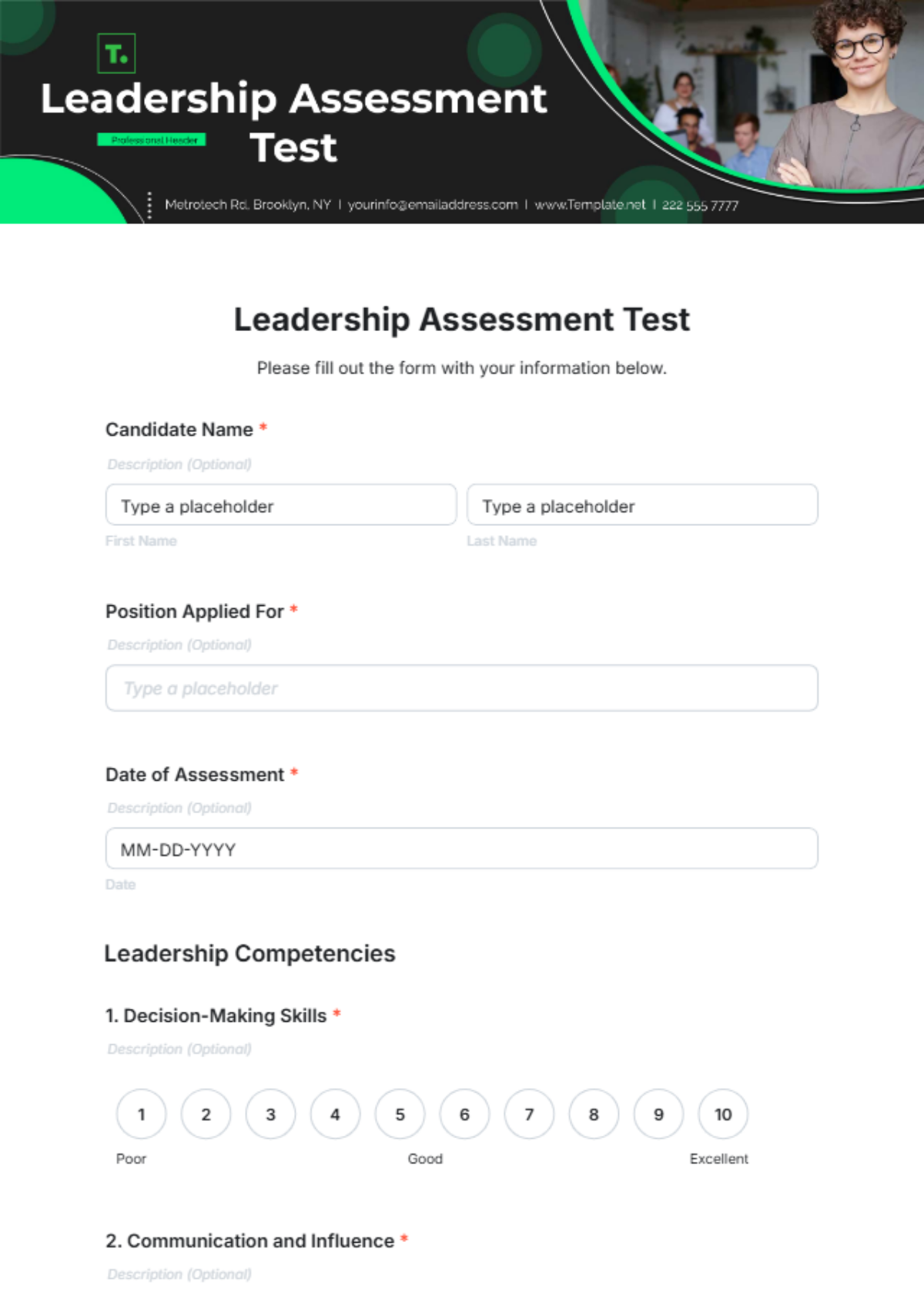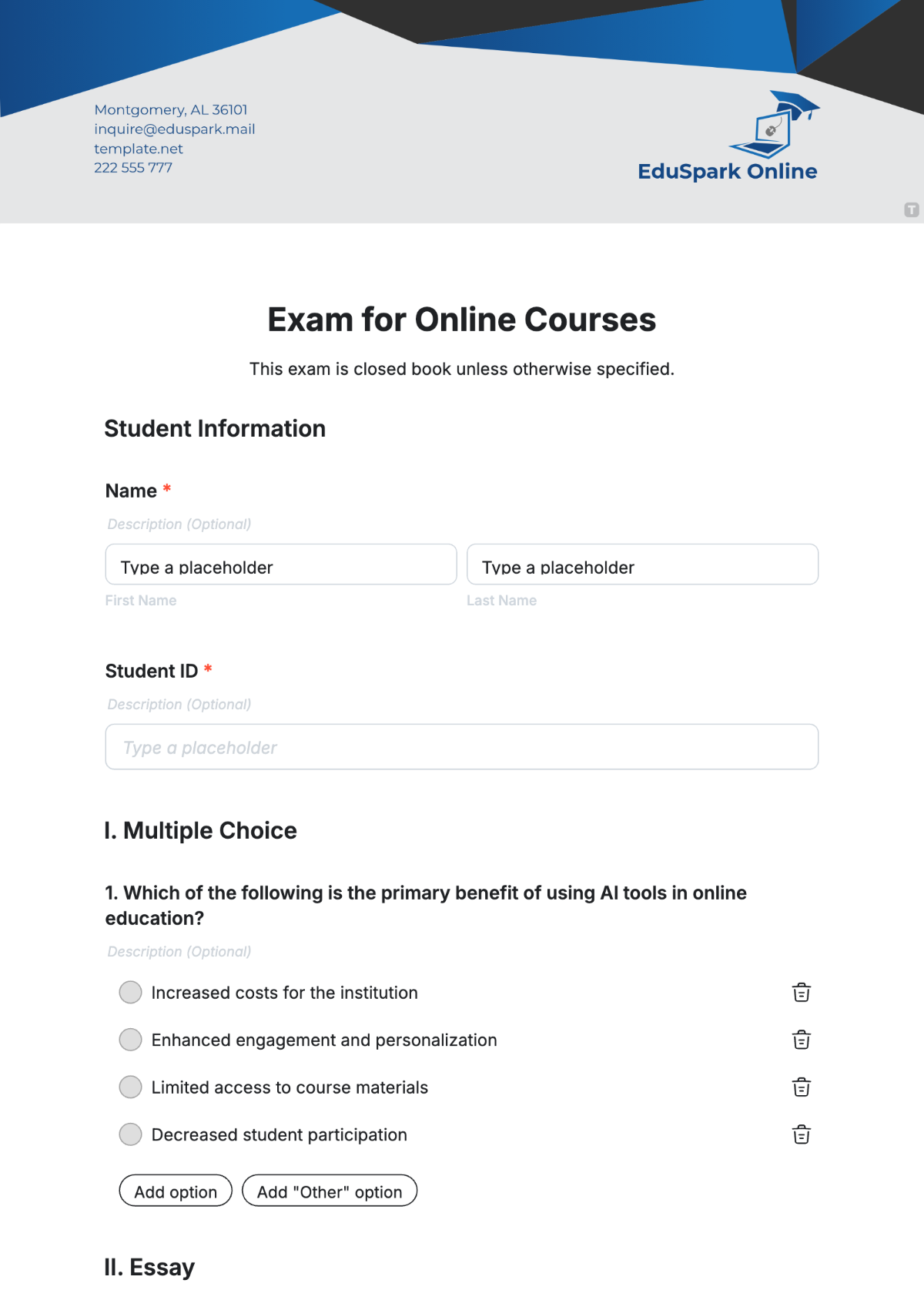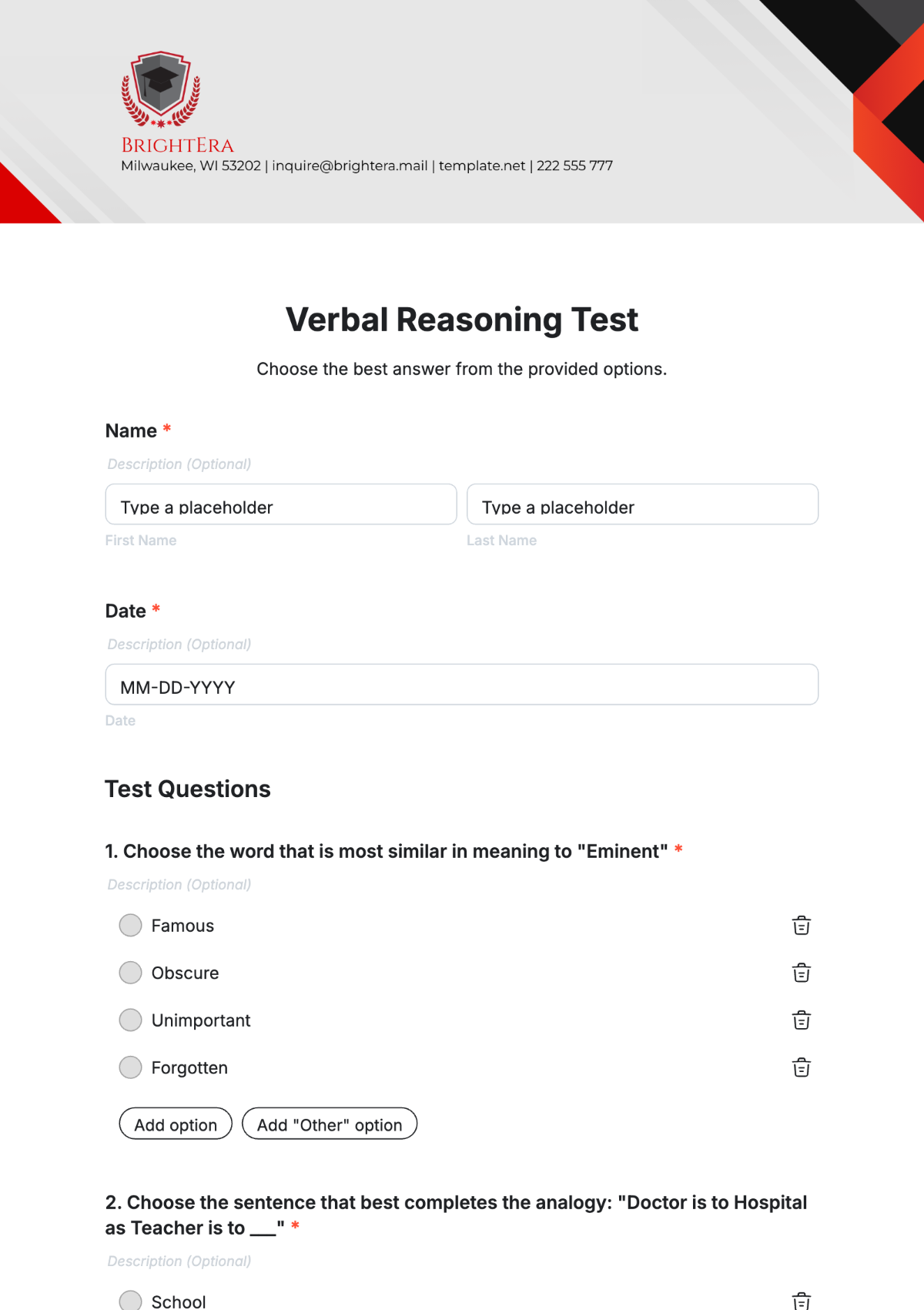Vocabulary Study Guide & Test
I. Introduction
A. Overview
This guide is meticulously designed for students at [YOUR SCHOOL NAME] to systematically enhance their vocabulary skills. It focuses on providing a structured approach to learning new words, understanding their meanings, usage, and context, culminating in a test to assess comprehension and retention.
B. Scope
This guide includes a targeted vocabulary list from the curriculum of [YOUR COURSE NAME], study techniques, practice exercises, and a comprehensive vocabulary test.
II. Vocabulary List
A. Word Selection
Source Material: The vocabulary words are selected from [TEXTBOOK NAME/READING MATERIAL], focusing on key themes relevant to [COURSE NAME].
List of Words: Below is the format for the vocabulary list:
Word | Definition | Part of Speech | Example Sentence |
[WORD 1] | [DEFINITION 1] | [PART OF SPEECH] | [Use WORD 1 in a sentence.] |
[WORD 2] | [DEFINITION 2] | [PART OF SPEECH] | [Use WORD 2 in a sentence.] |
[WORD 3] | [DEFINITION 3] | [PART OF SPEECH] | [Use WORD 3 in a sentence.] |
B. Word Themes
Thematic Grouping: Vocabulary is grouped into themes such as [THEMES LIKE 'NATURE', 'TECHNOLOGY', 'SOCIAL SCIENCE'], facilitating contextual learning and memory retention.
III. Study Strategies
A. Flashcards
Creation: Students should create flashcards for each vocabulary word with the word on one side and the definition plus a usage example on the other.
Usage: Suggest daily review of flashcards as part of study routines.
B. Word Maps
Development: Students are encouraged to develop word maps that link each vocabulary word with related words, synonyms, and antonyms.
Benefit: Enhances understanding and application of vocabulary in various contexts.
IV. Practice Exercises
A. Fill-in-the-Blanks
Instructions: Create sentences with blanks for vocabulary words to practice contextual usage.
B. Matching Exercises
Setup: Design exercises where students match vocabulary words to their definitions or to sentences that illustrate their meanings.
V. Vocabulary Test
A. Test Format
Multiple Choice Questions: Test understanding of words through multiple-choice questions focusing on definitions.
Fill-in-the-Blanks: Use sentences with blanks to test application of vocabulary words.
Sentence Creation: Require students to compose sentences that correctly use the vocabulary words to demonstrate mastery.
B. Test Instructions
Duration: [TEST DURATION]
Items: Consists of [NUMBER OF QUESTIONS] questions
Materials Allowed: Outline any aids permitted during the test, such as notes or none.
VI. Review and Feedback
A. Test Review
Session Details: Organize a session to go over the correct answers and discuss common mistakes.
Feedback Mechanisms: Implement a system for students to provide feedback on the study guide and test.
B. Continuous Learning
Additional Resources: Recommend books and websites for further vocabulary enhancement.
Advanced Exercises: Suggest more challenging activities like essay writing using the new vocabulary for advanced learners.
VII. Conclusion
This structured vocabulary study and testing approach will help [YOUR SCHOOL NAME] students build a stronger, more effective vocabulary base, crucial for academic achievement and everyday communication. This guide is a dynamic tool, intended to be refined based on student performance and feedback, ensuring it remains an effective resource for vocabulary learning.
